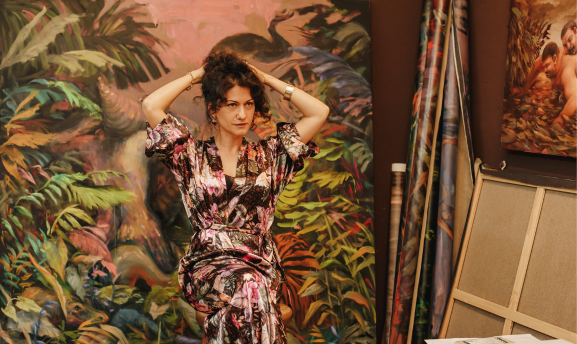
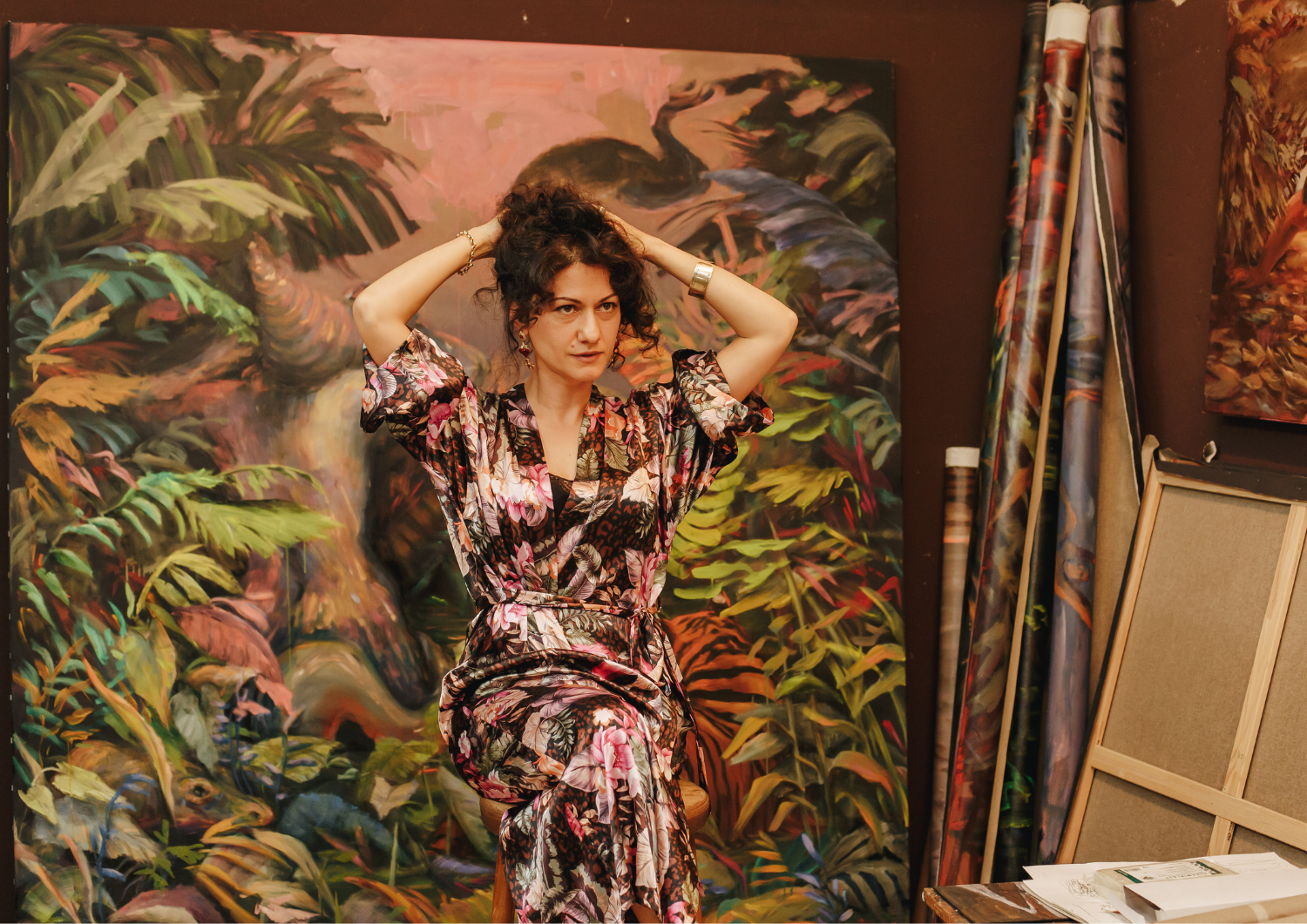
Text by Irina Rusinovich, Photography Johannes Pol
How did your journey as an artist begin, and what inspired you to specialize in figurative and surrealist painting?
The journey began not by the easel but by piano. My family believed I would make a good pianist. But I guess I did not have a proper physics for that as my fingers are not long enough or perhaps the music school program was not fiery enough, anyway, I turned to paper. Several years in all sorts of art schools and I graduated from Azerbaijani State Art Academy with full knowledge of putting those fat strokes, soviet style painting, you know? Creativity is not very welcome but skills must be fine. No complaints about that. I would not want any direction on my thoughts. The most interesting things are happening in the head that is left alone.
Painting was never my main medium. It is one of the languages that I speak to spread the suggestion of the parallel reality world or call it a surreal world. Less verbal, more intuitive. Painting has the entertaining factor to it, while the videos or some of the conceptual works that I do are like a fall in the music piece when the melody drops from “major” to “minor” and puts one in a melancholic mood. Painting is a basic language, an old form of expression. I love it.
Can you tell us about your experience as an Azerbaijani artist living and working in Berlin? How has this influenced your artistic style and subject matter?
The place where you begin your life journey – first your house, then your street, then your city, and so on, shapes you, it gives you a perspective on the world. Everything I see now, everything I experience, first goes through the folder in my brain that is called “home”, a 5-year-old me on a sofa, it processes there and then goes to the other more advanced parts of the institution of my head. I guess that’s why my hair is so curly, it’s the overloaded wires. So I carry this Home wherever I go, like a snail. It is important that the artist must not be attached to geographical matters, and it certainly helps to be away. There were the times I was living in China, the conception of a home being the center of the universe evaporated there. Now I am in Germany, and I clearly know that anyone born here has a German perspective on the world just like I have my Azerbaijani one, which I do not suppress. The theme is lingering in my artworks, I don’t force it and I don’t resist it. It is what it is.
What themes or ideas do you often explore in your paintings? Are there any specific cultural or personal influences that inspire your work?
I am very much fascinated by “happiness” or feeling “good”. We are moving through the age of massive hysteria, when things are speeding up, so much information from all over the world, catastrophes that you would not normally find out about 30 years ago, now with the internet you know too many events of suffering. A problem is cultivated, is respected. A good times event, good news is overlooked, lightness is considered to be a vulgarity, shallowness. So I do explore the ideas of moving through the times of information and finding a good spot during these times.
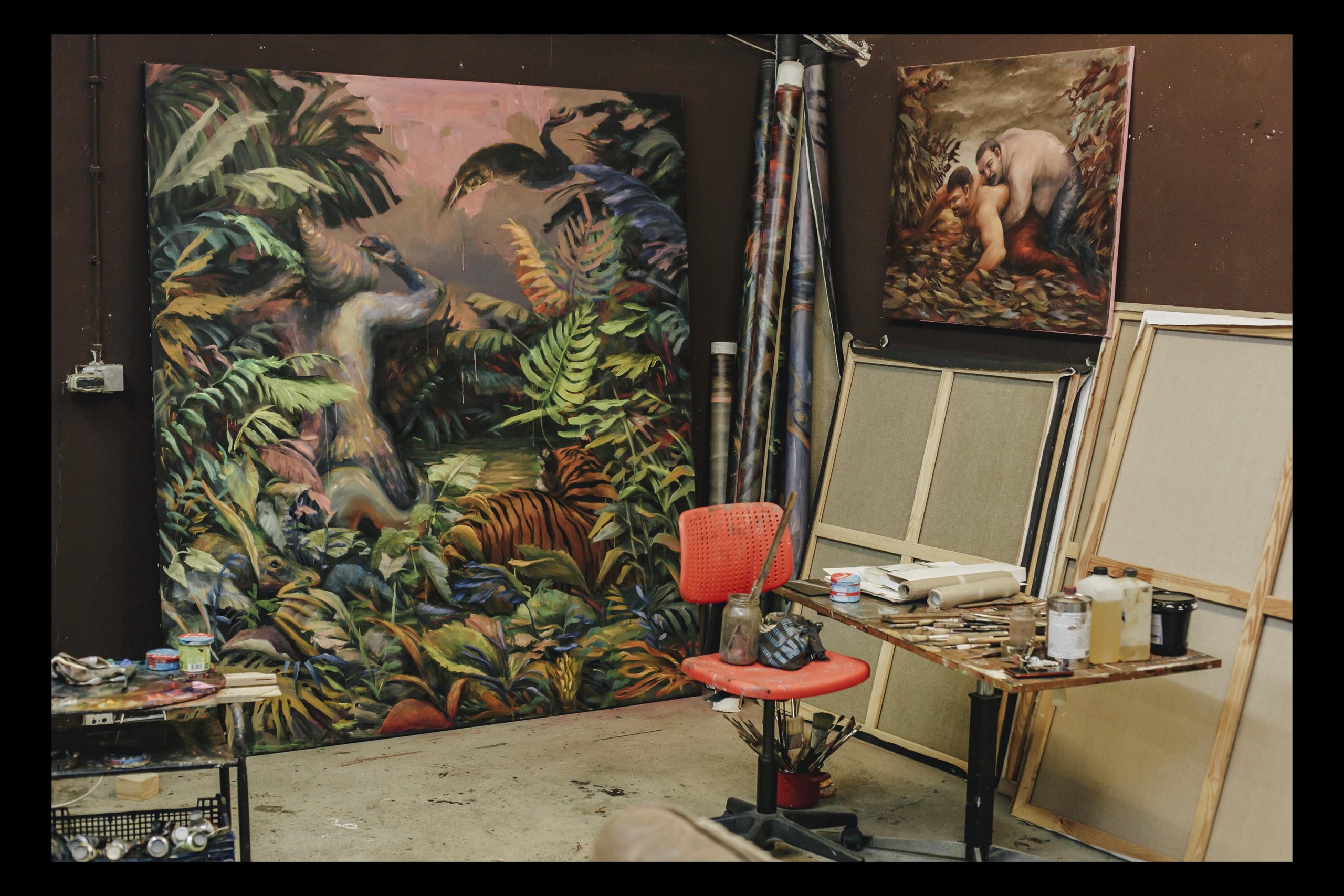
studio impressions by Johannes Pol
Could you walk us through your creative process? How do you typically approach a new painting, from conception to completion?
I love talking to people. All sorts of people. Everywhere. I gather the stories, then I dive into my head with them, experiencing some silence, while I am in a tram that goes to I don’t know where or walking on the sand somewhere, I glue the stories into a shabby magazine, then I turn the pages and I find pictures in between.
In your opinion, what is the significance of figurative and surrealist art in today’s contemporary art scene? How does it allow you to express your artistic vision and connect with your audience?
It is certainly one of the most digestible genres. Even if one can not relate to what is going on there on the canvas, at least there are familiar forms, that may lead the viewer to create his own story, often very interesting variations on what you suggested there, sometimes nothing to do with your idea but still beautiful.
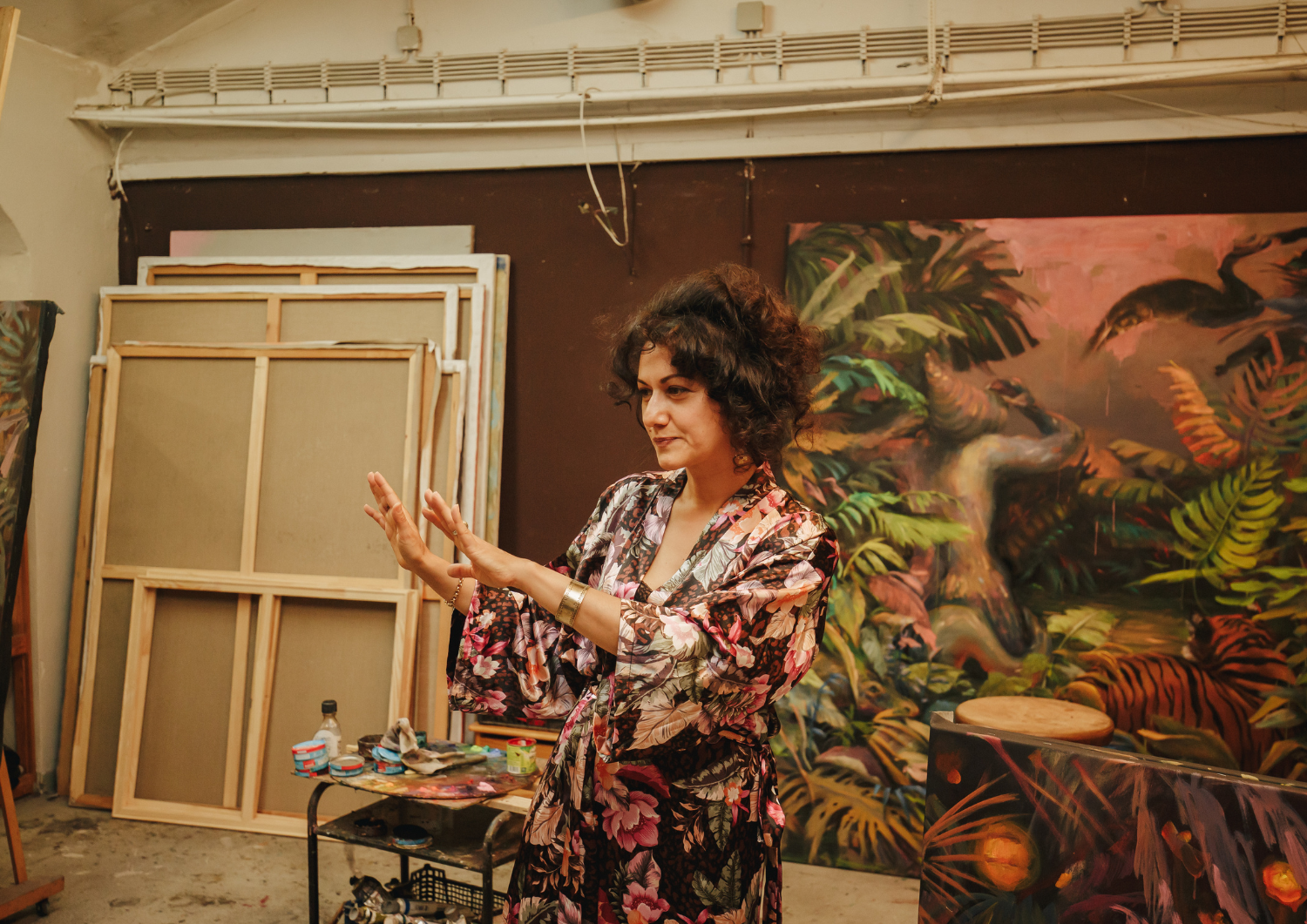
Tora by Johannes Pol
Have you faced any challenges or obstacles as a female artist in the art industry? How do you navigate them and stay motivated to pursue your artistic goals?
I have my ups and downs. I don’t have a fashion to blame it on my gender. I know many females who are doing great, I know males who do worse than me. There is so much in the art world that is based on luck. My luck is like a cat. When I move and make some steps to attract it, it may come my way, sometimes it’s just being a lazy cat and won’t move, then I just keep doing whatever attracts it and the cat will come your way at some point. It is a matter of having enough treats to offer. Nothing comes easily.
What are your aspirations and plans for the future? Are there any upcoming projects or exhibitions we can look forward to?
A Solo show in Baku this September on the topic of shiny screens, pretty objects, and hybrids.
And in Berlin during the art week in Schoeneberg, it’s the first week of November, a gallery “Under The Mango Tree” will be showing my solo where I concentrate on private paradise moments. Let us not be so discreet about the beauty of the moment. Our life is made of seconds, each one can be beautiful.
For more news from Tora on her instagram
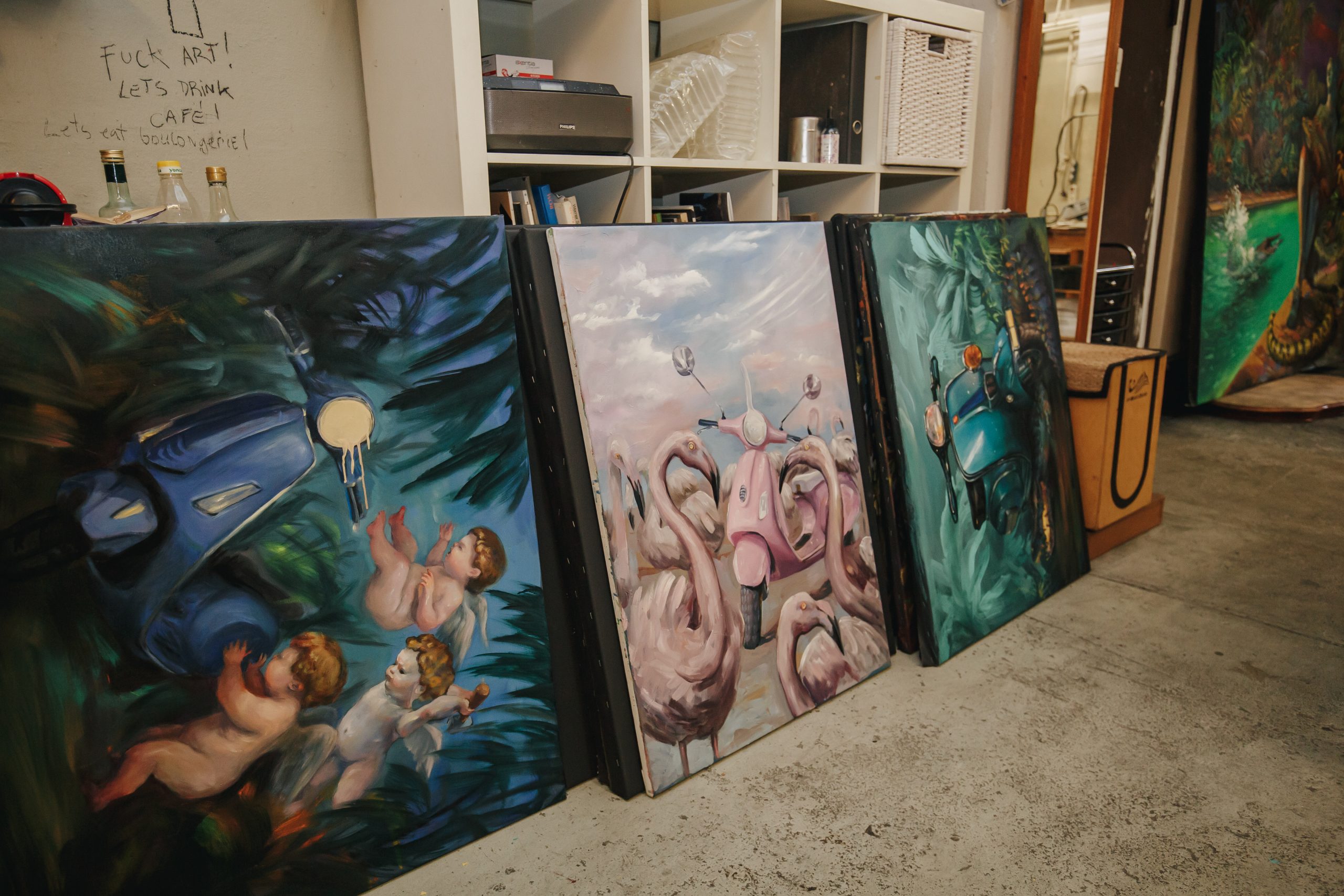
studio impressions

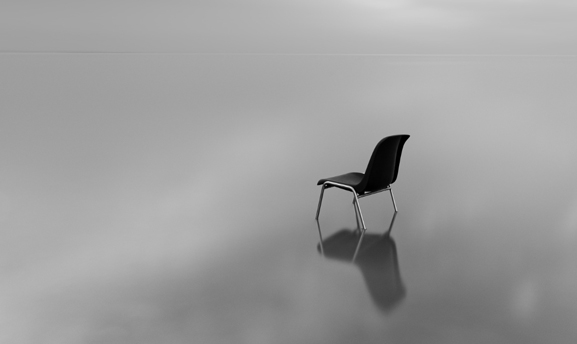
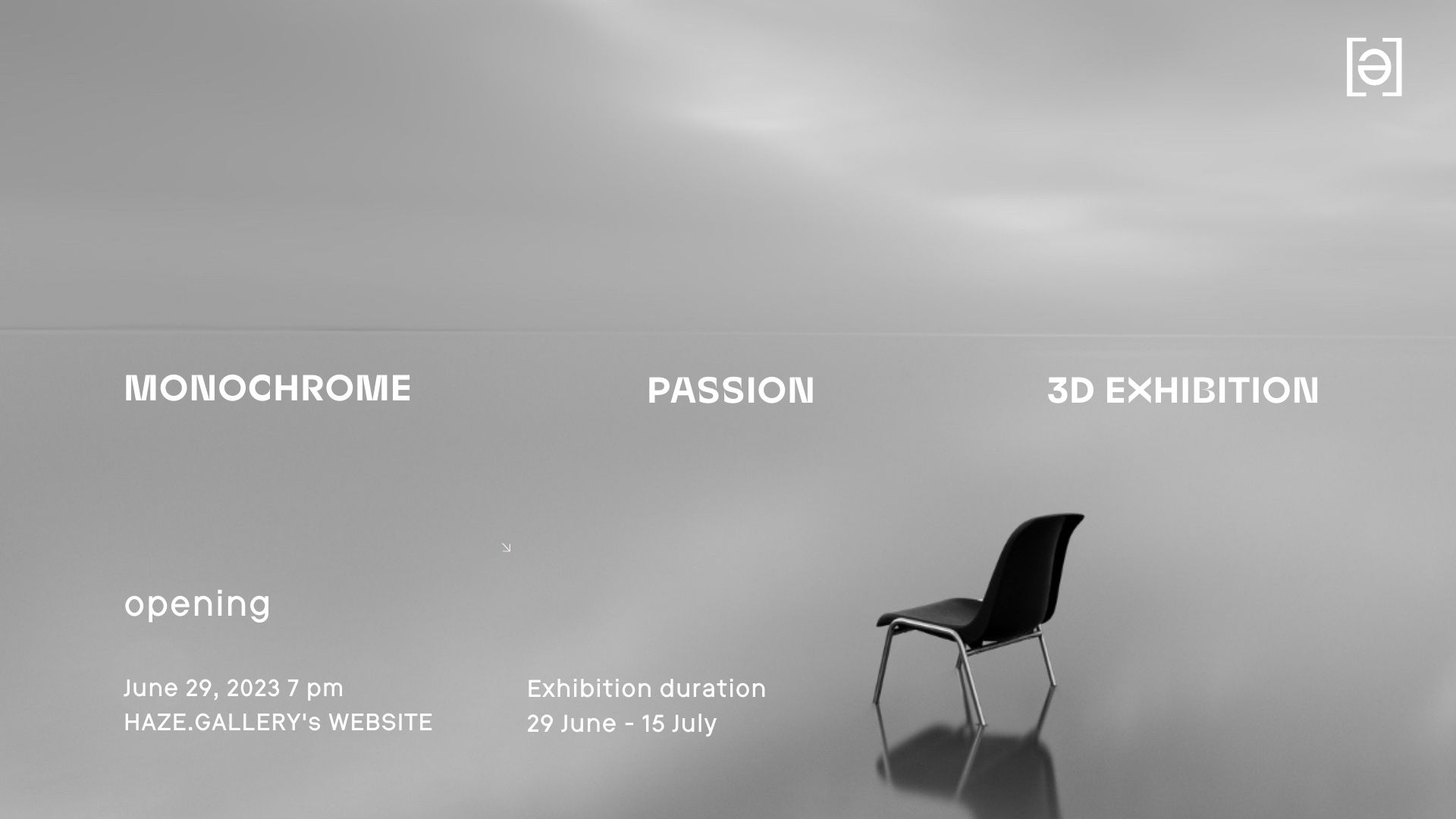
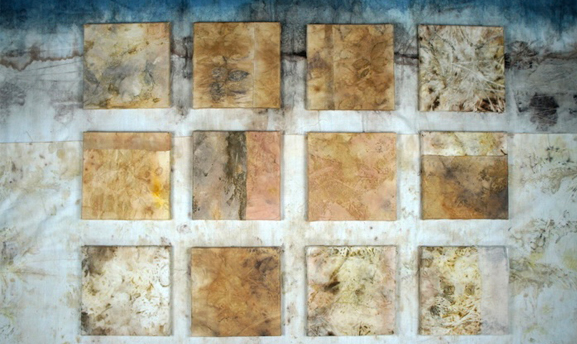
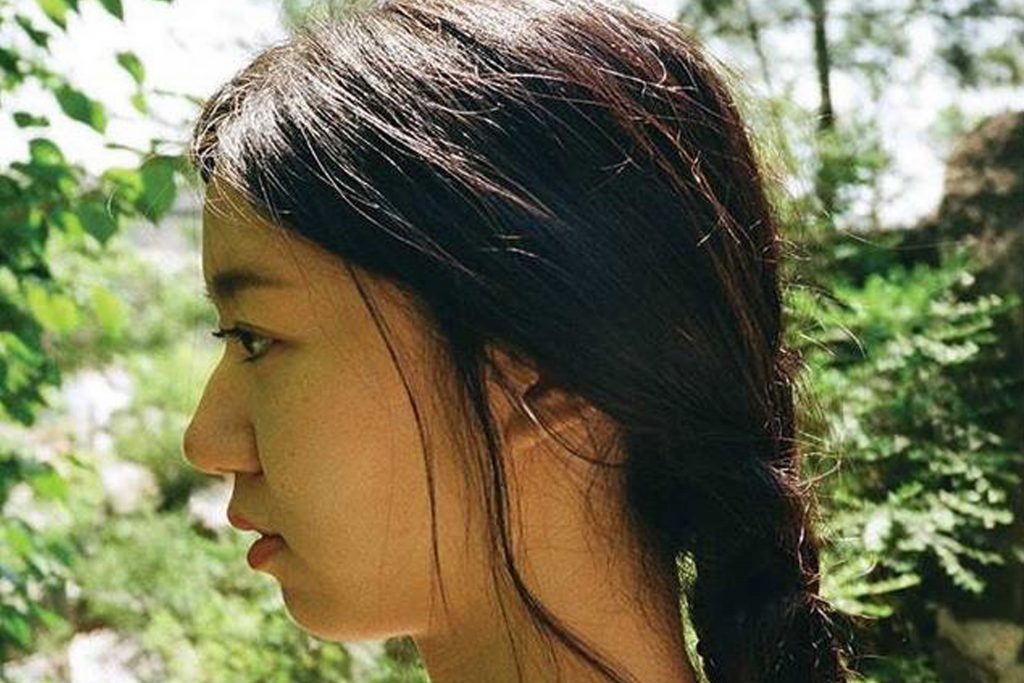
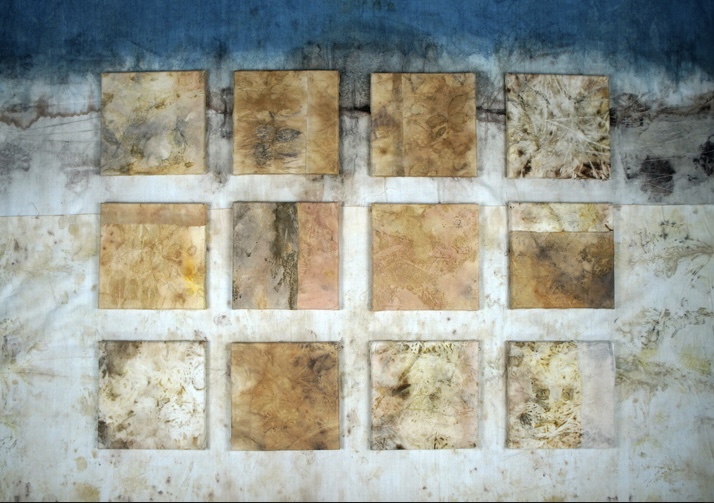
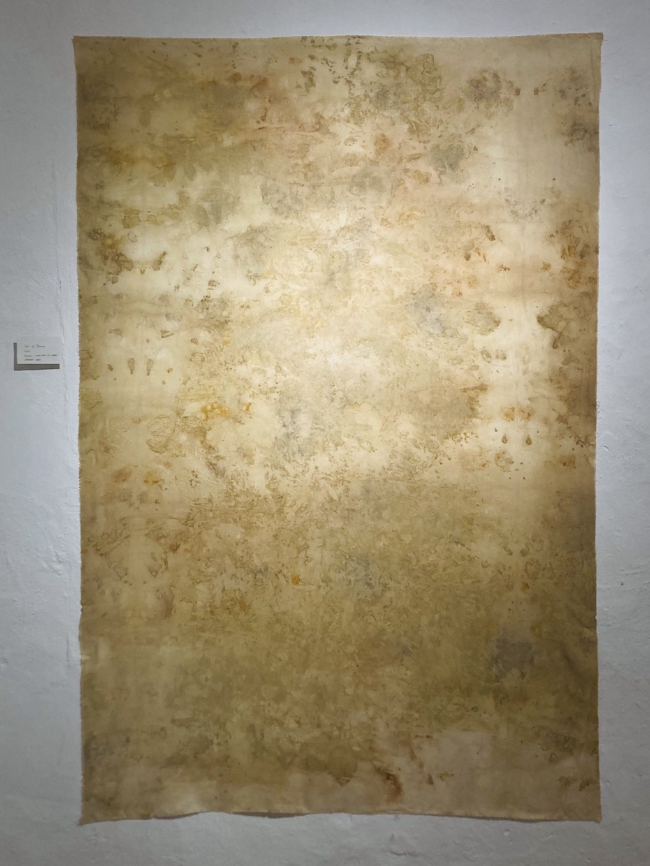
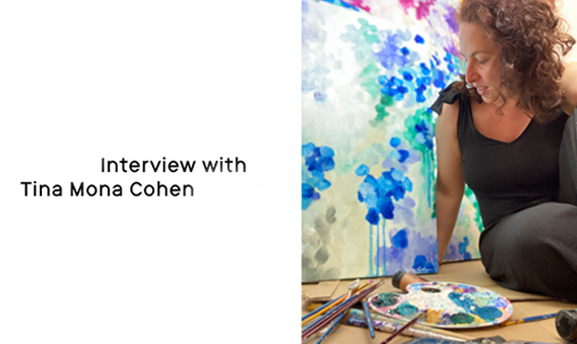
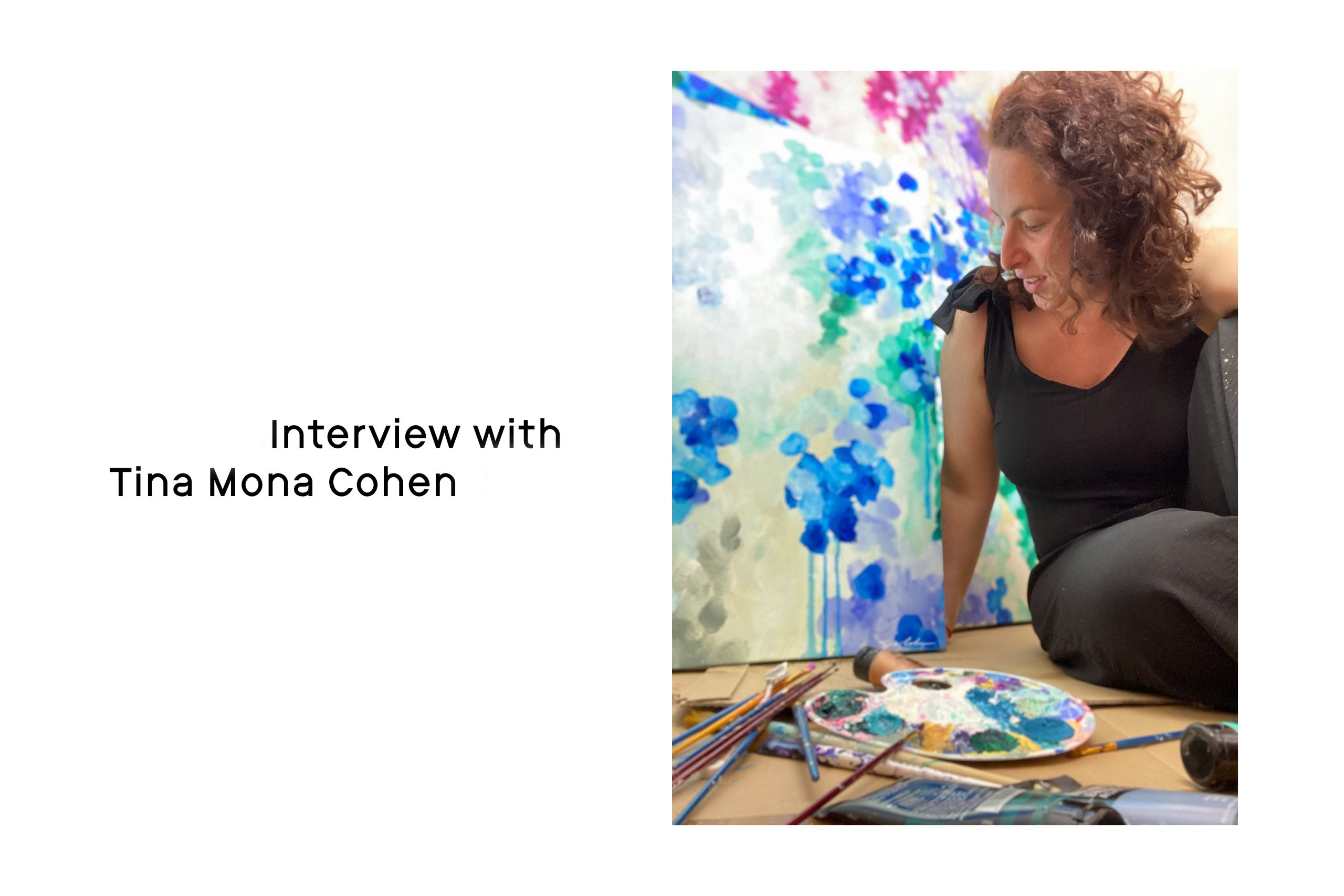
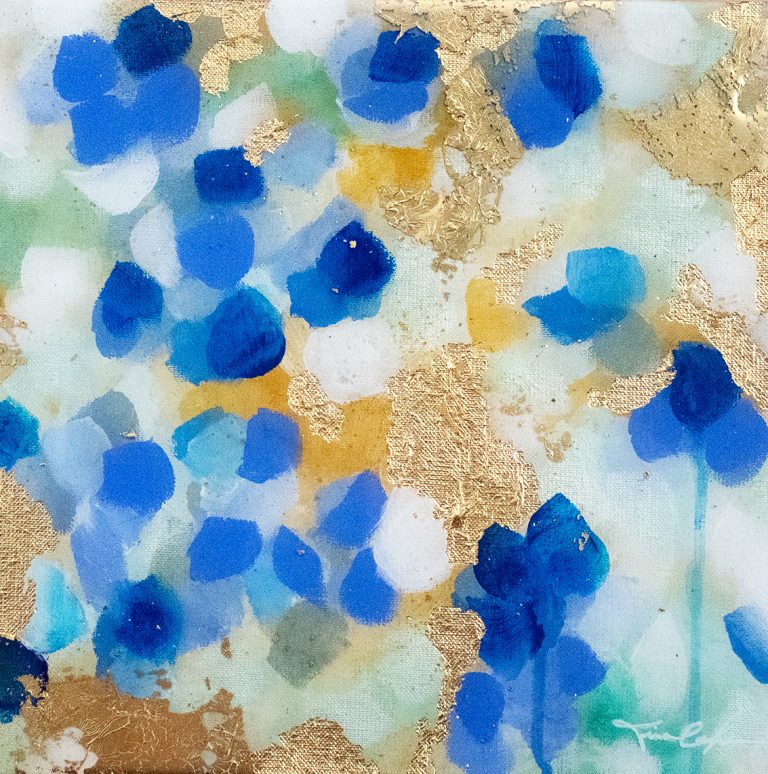
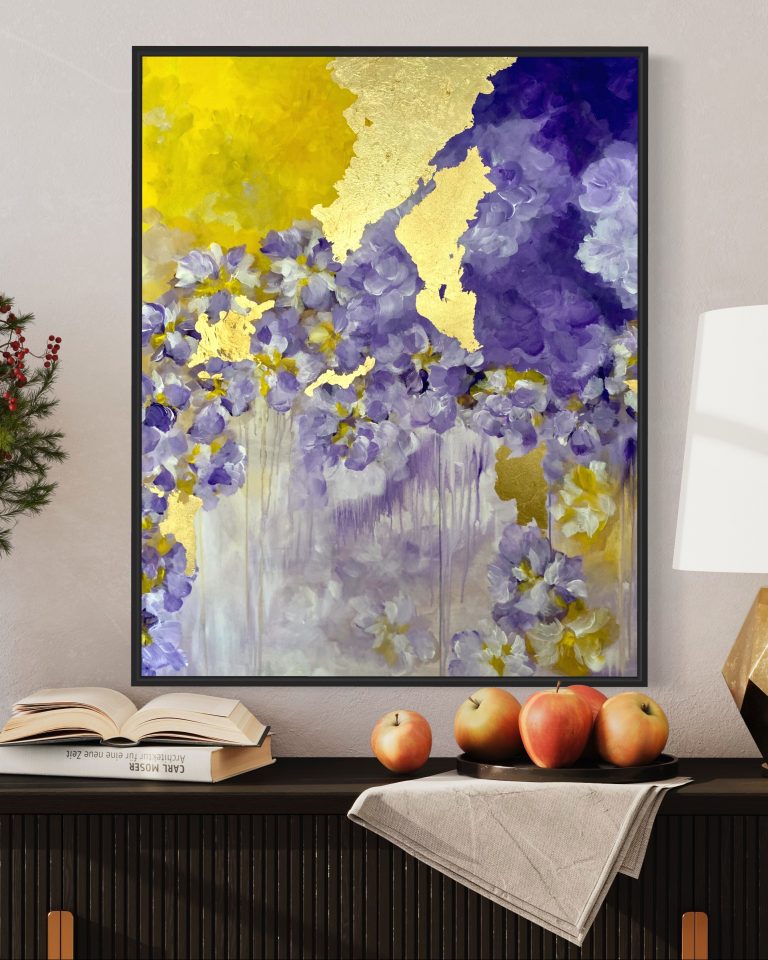
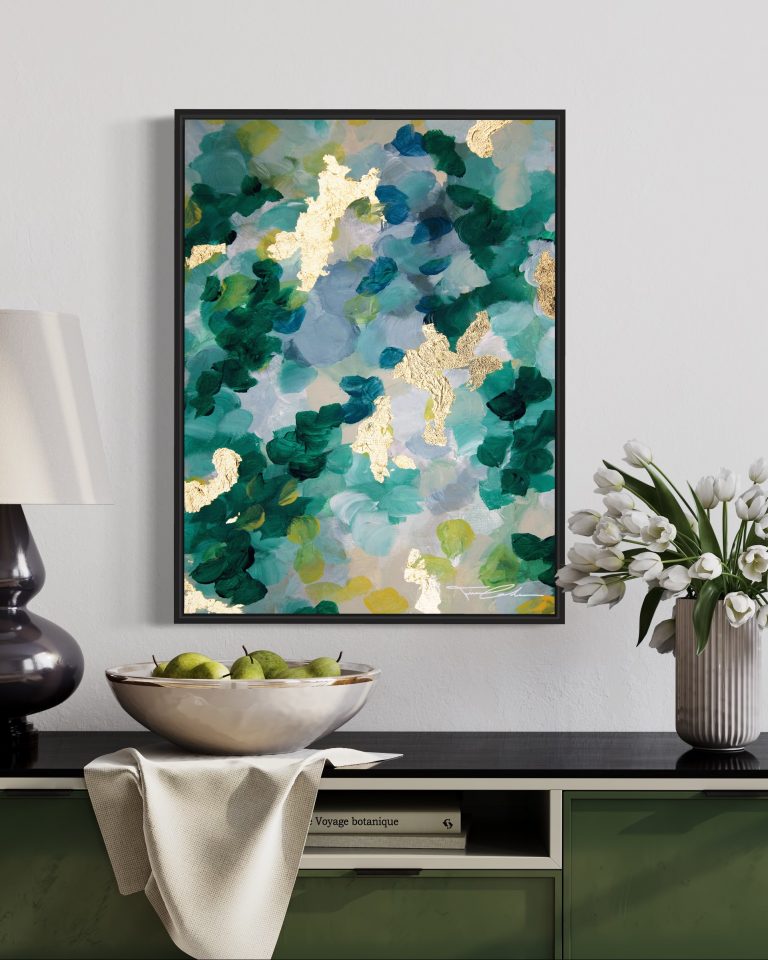
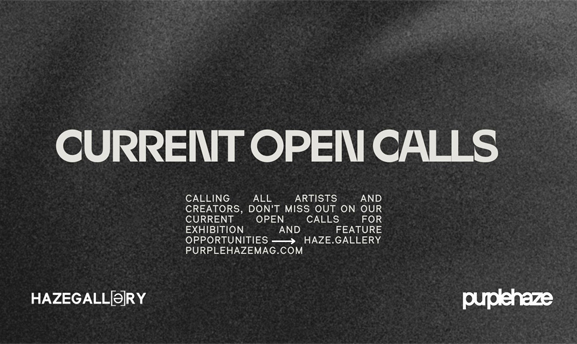
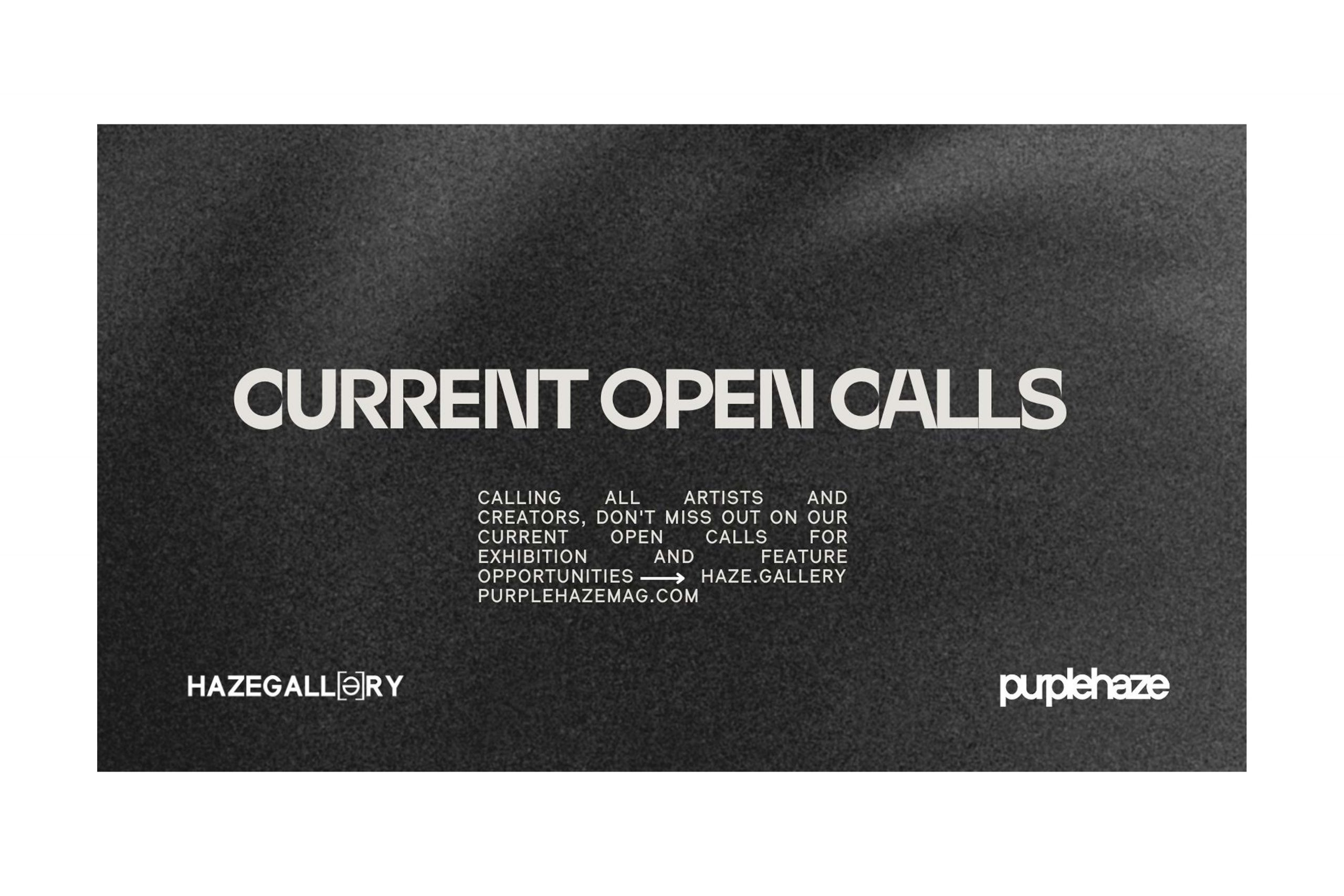
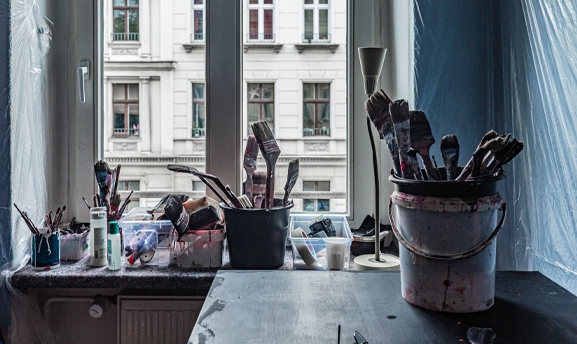
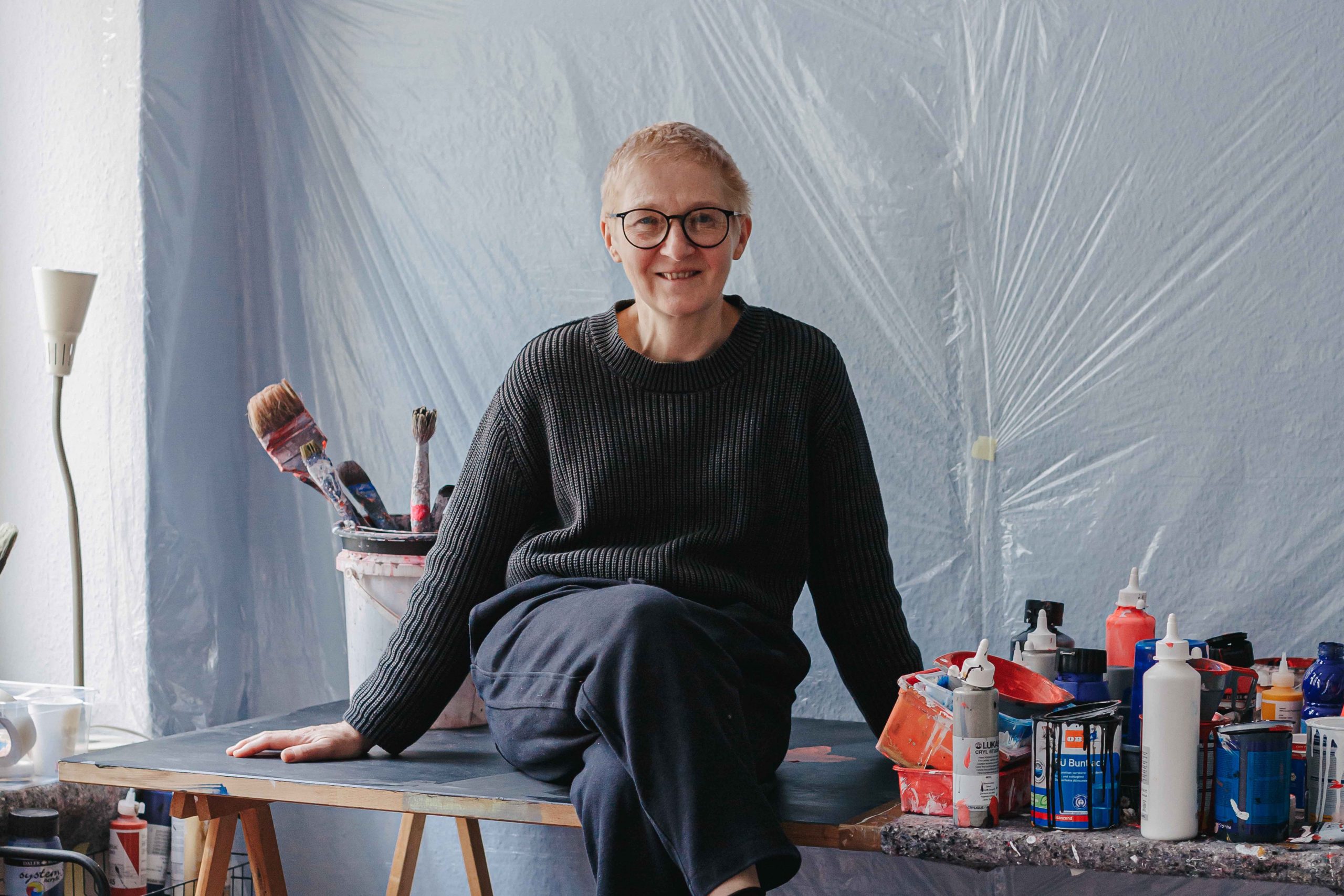
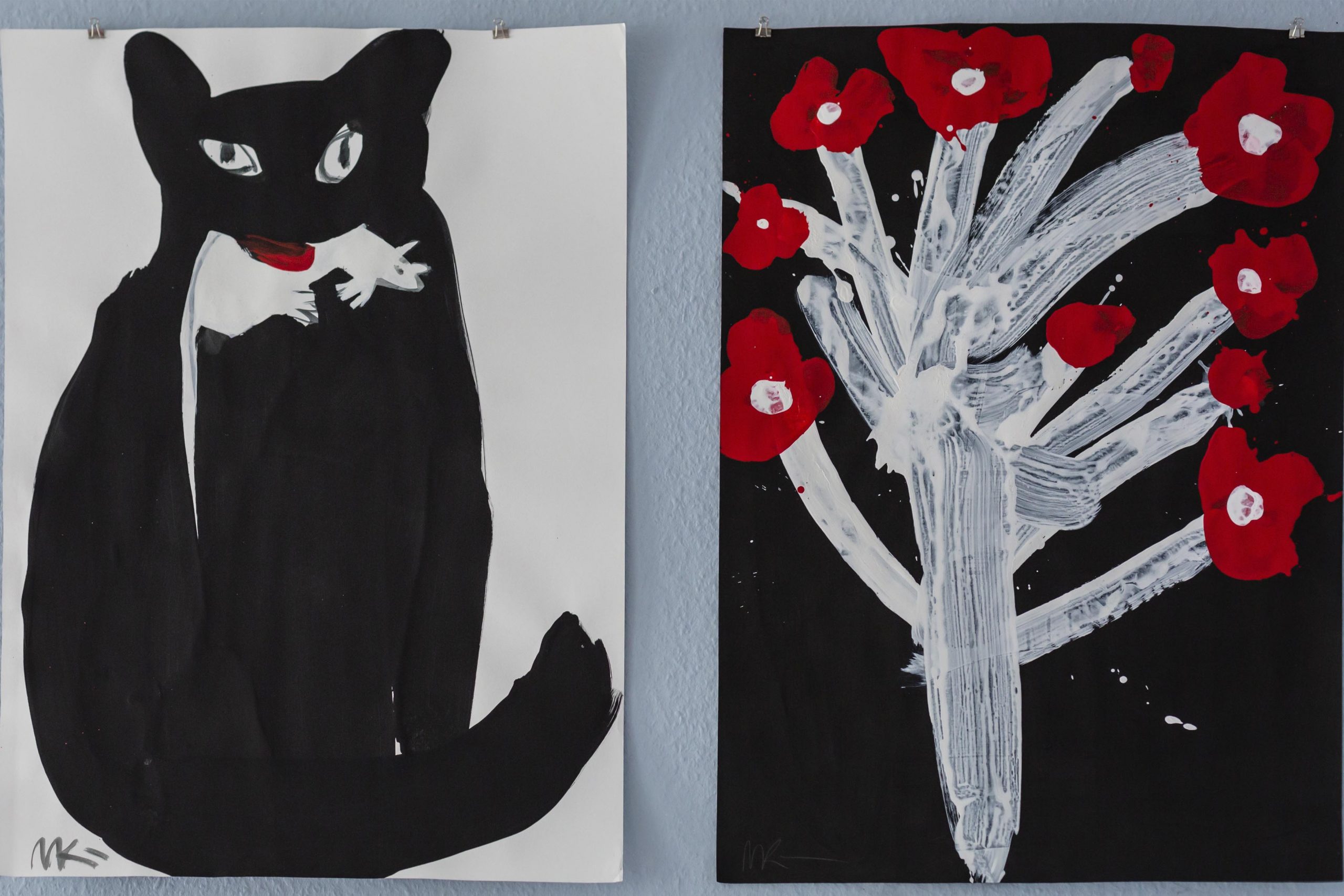
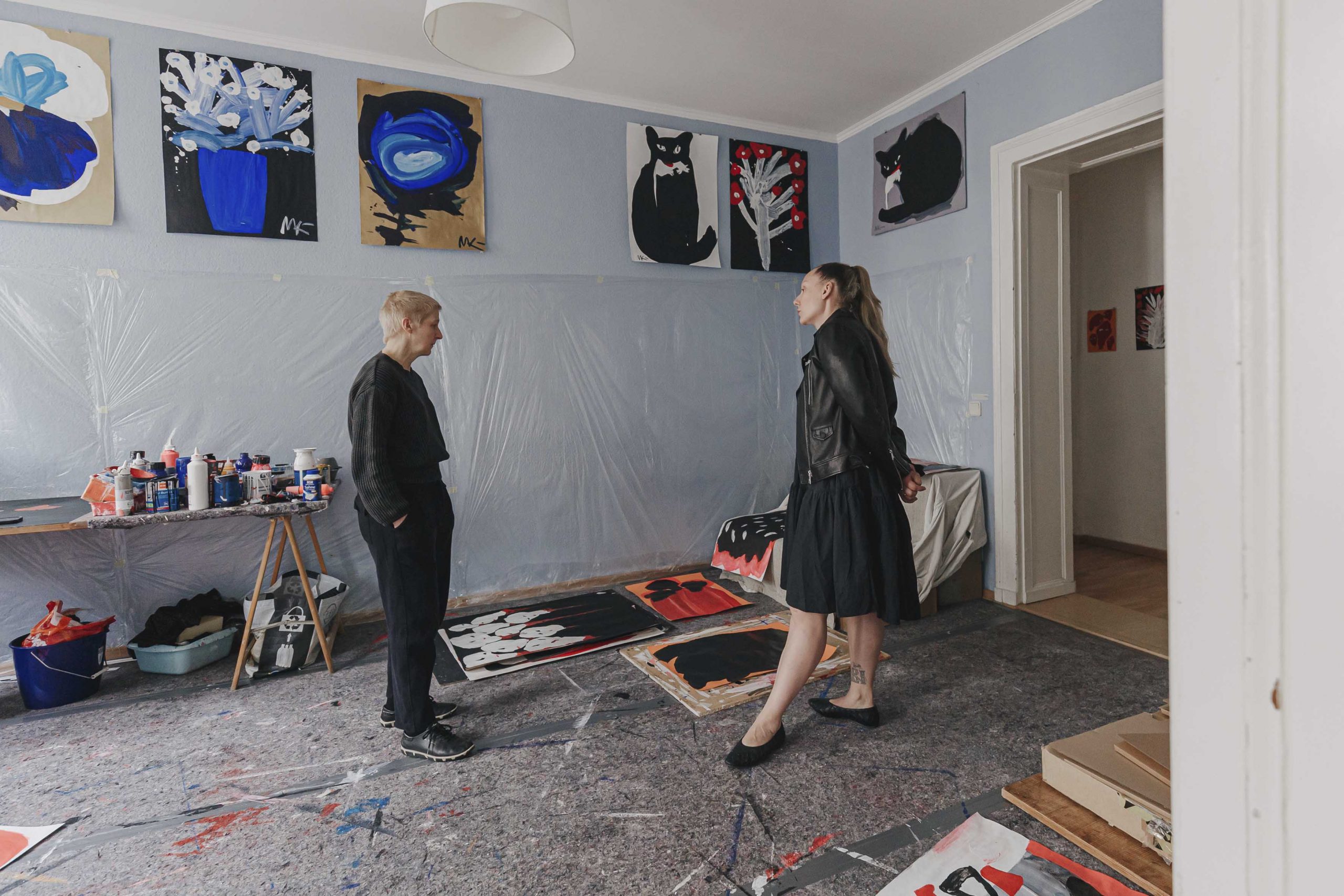
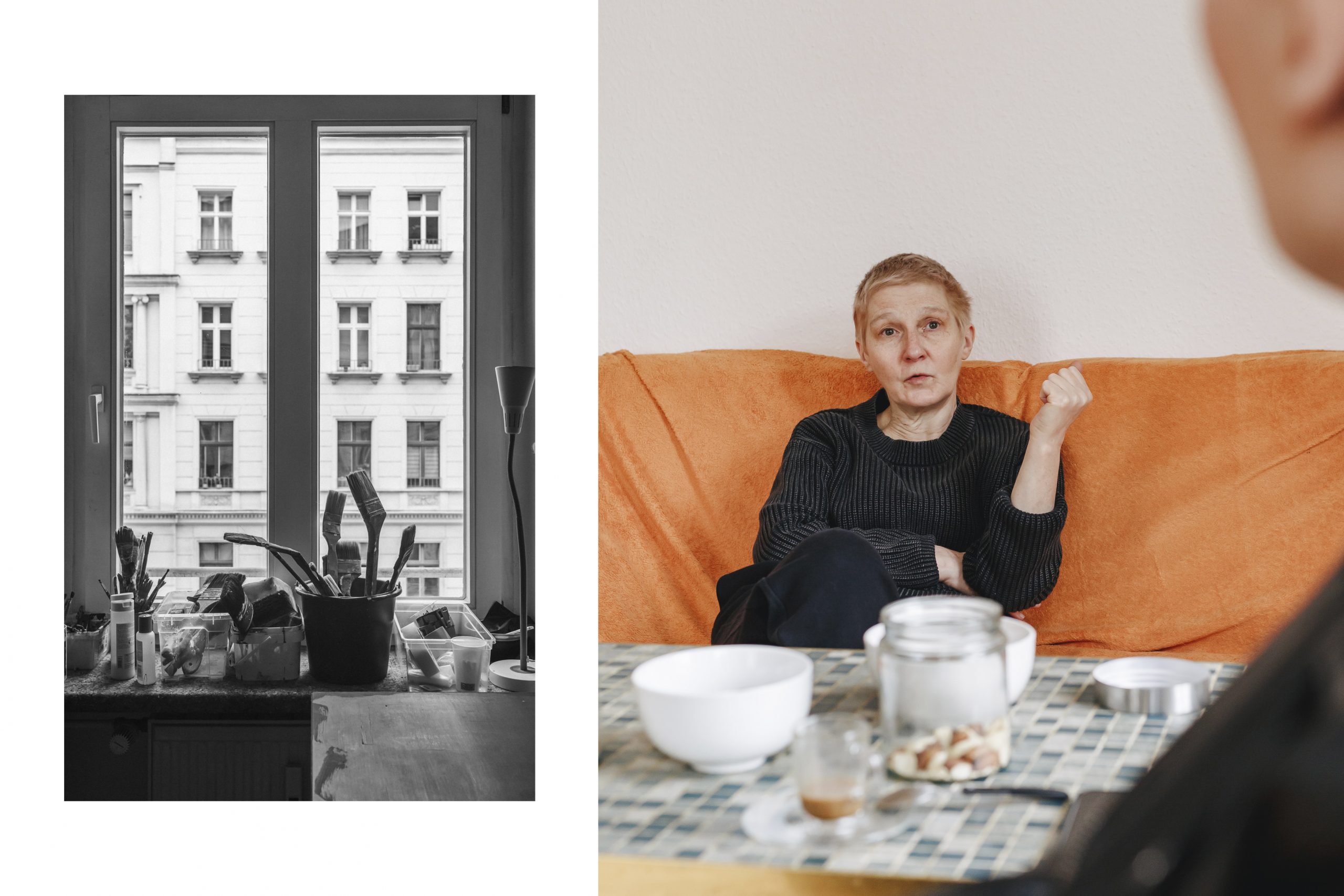

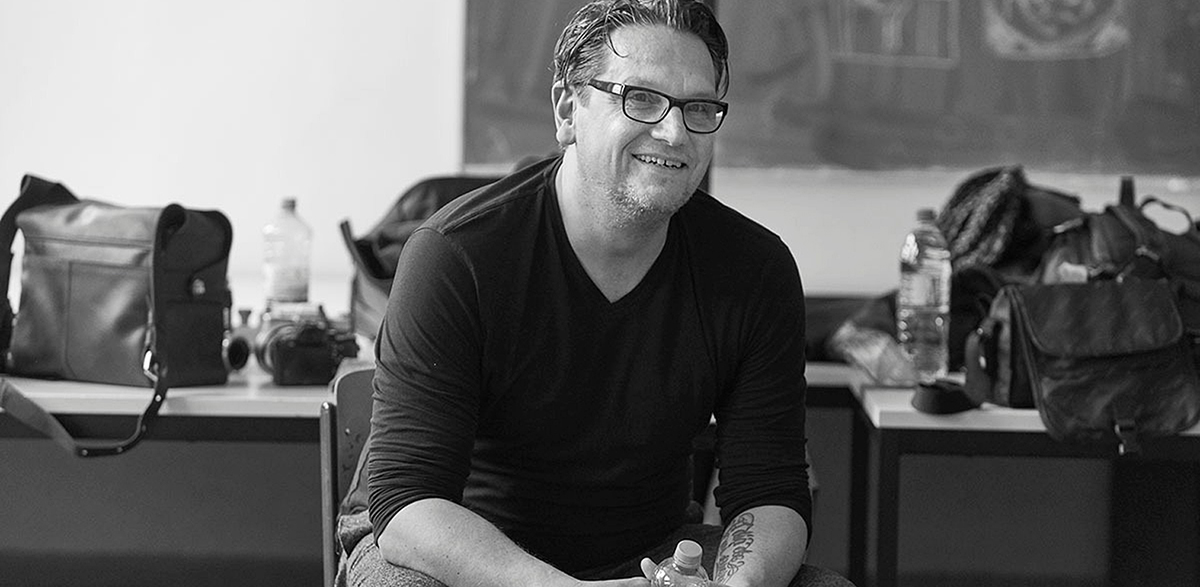
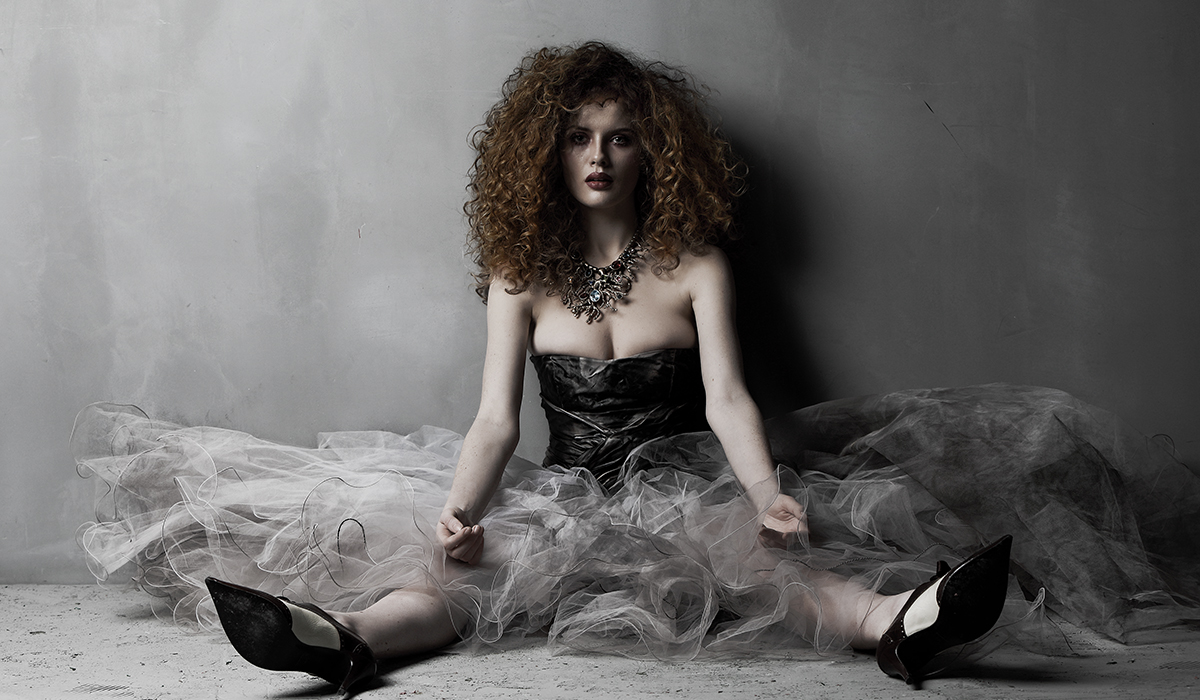

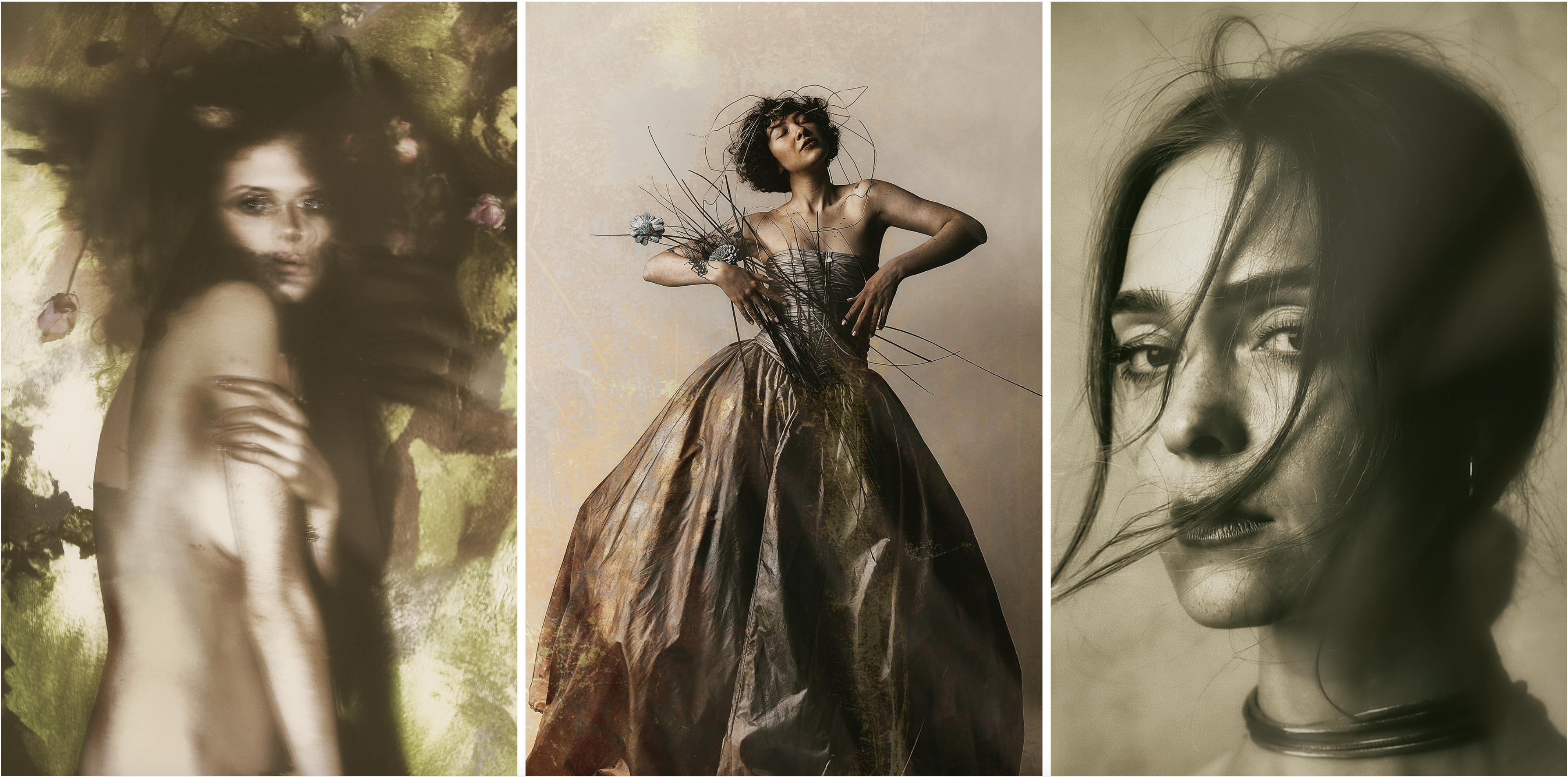
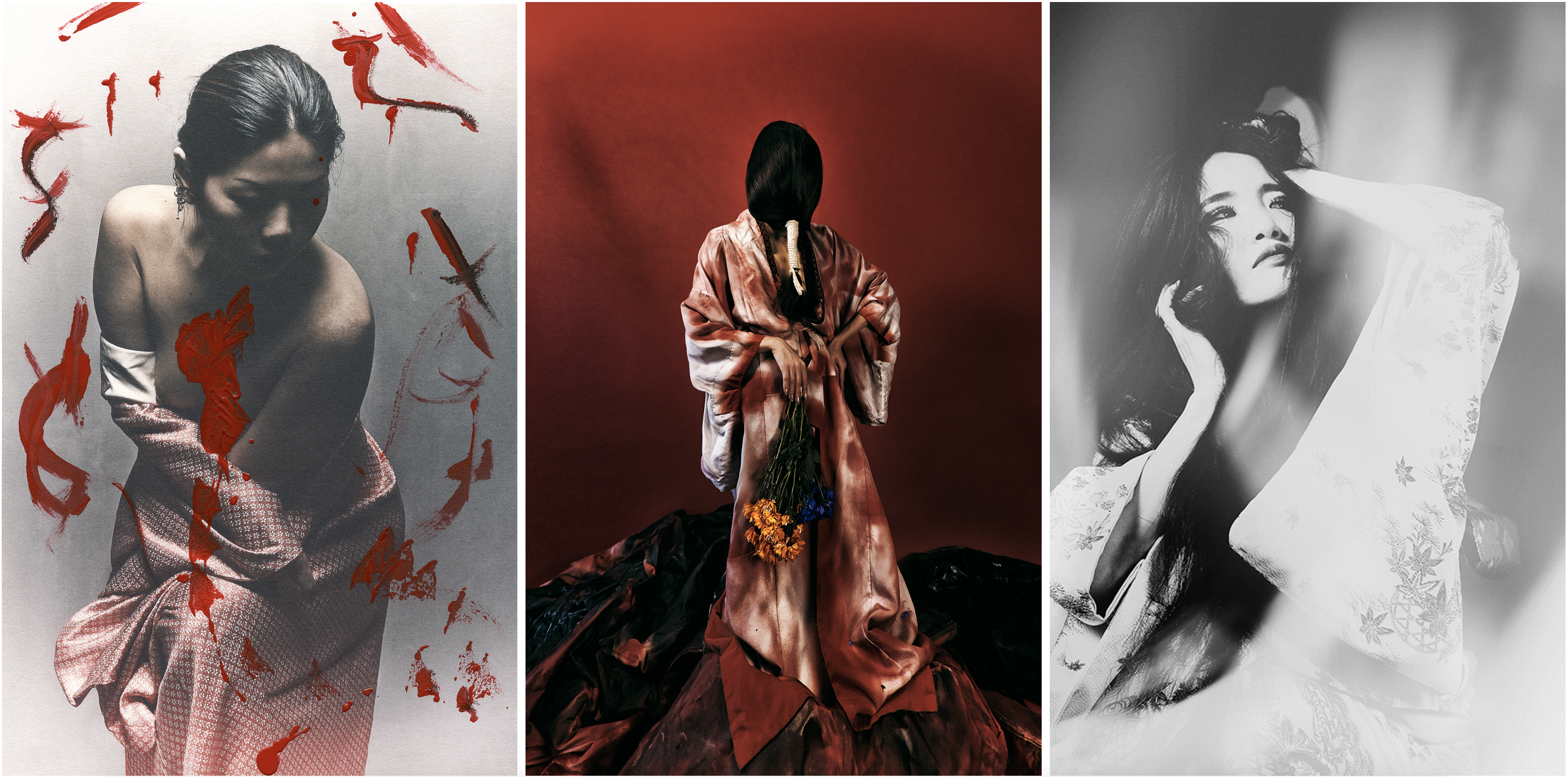


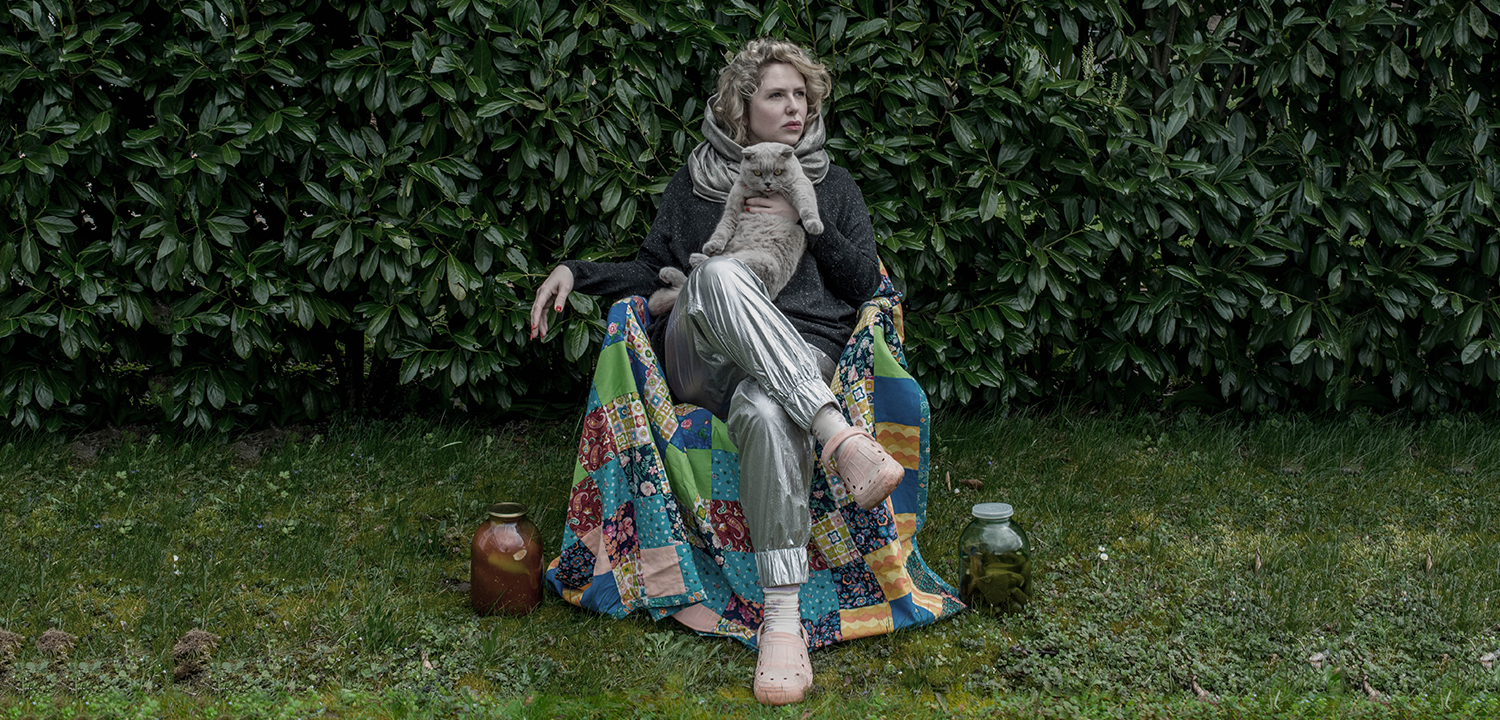
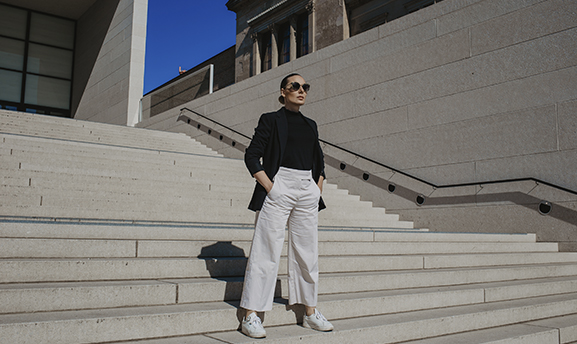

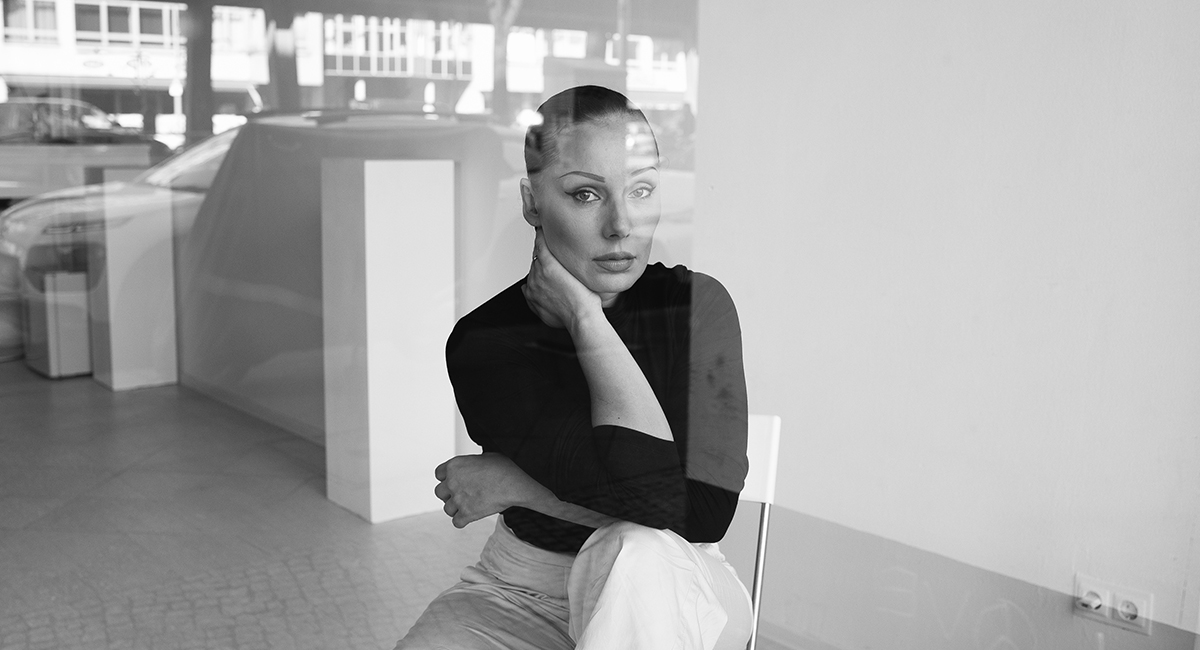
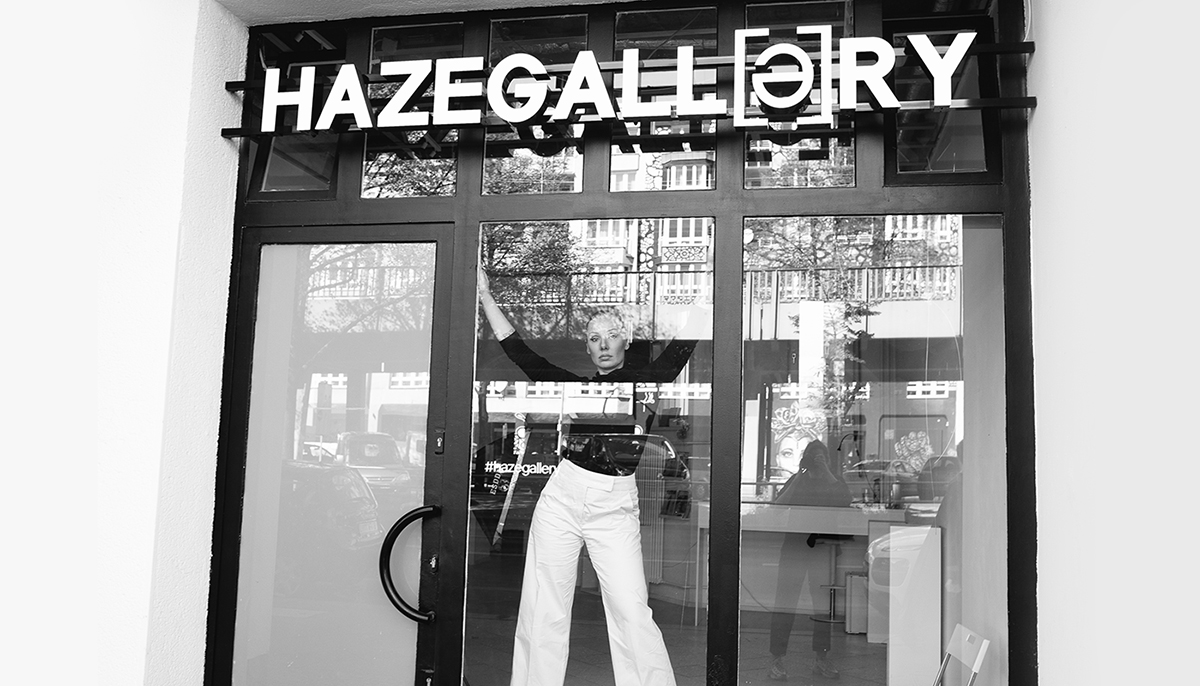
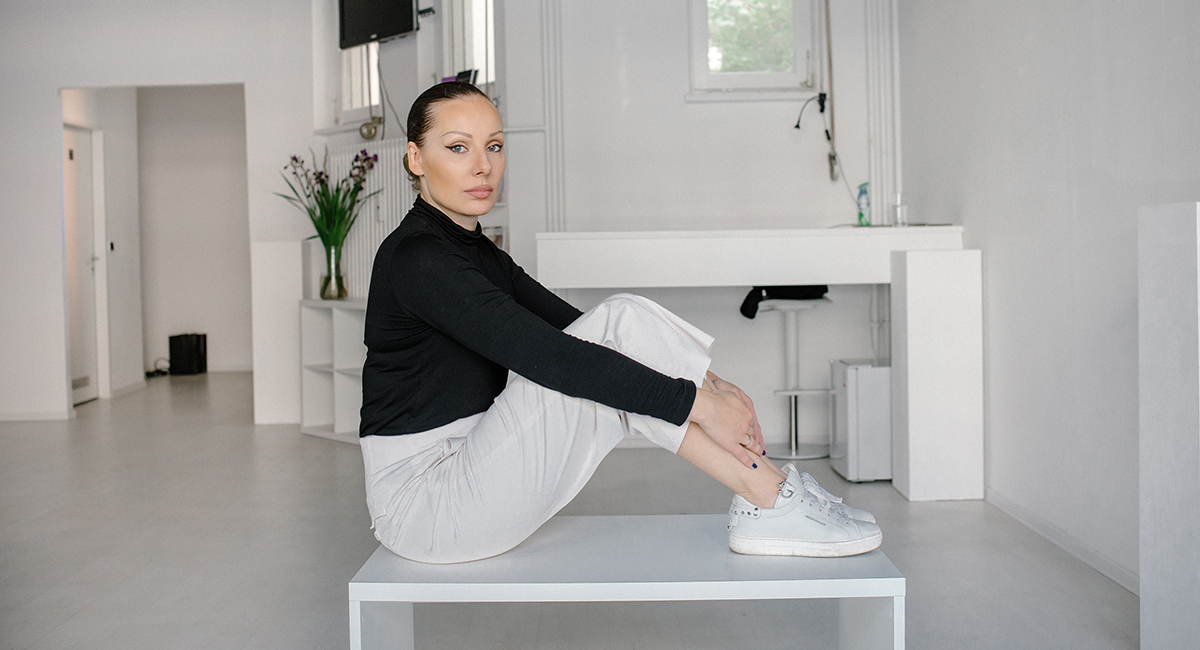

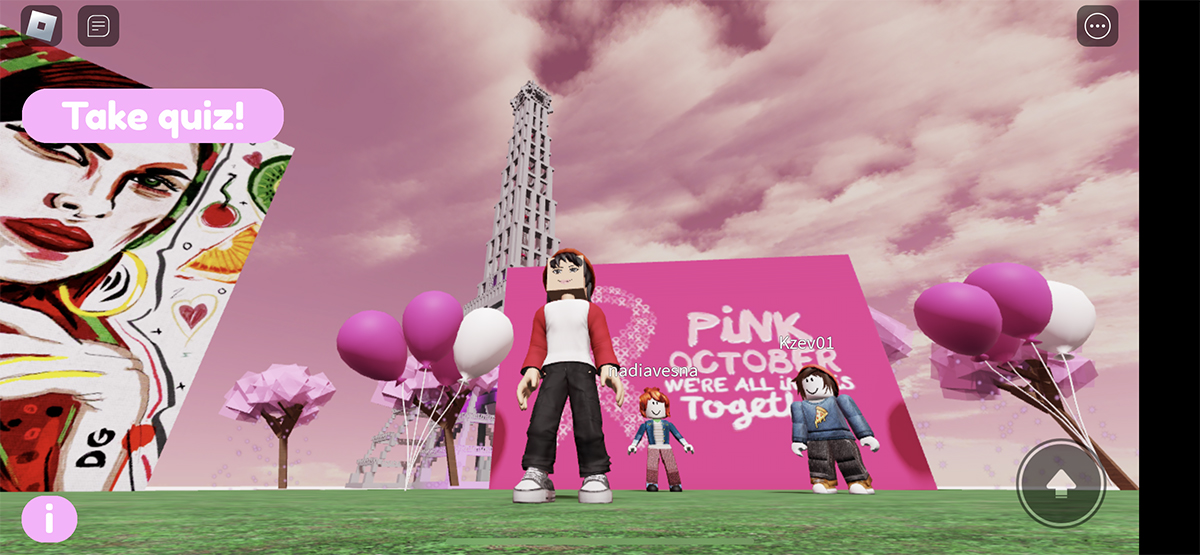
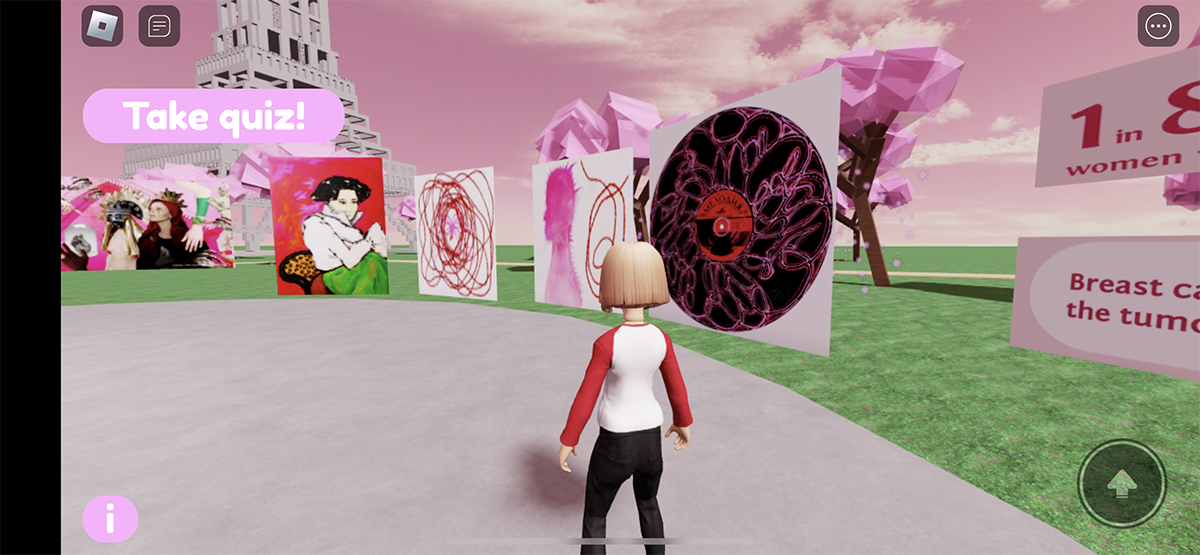
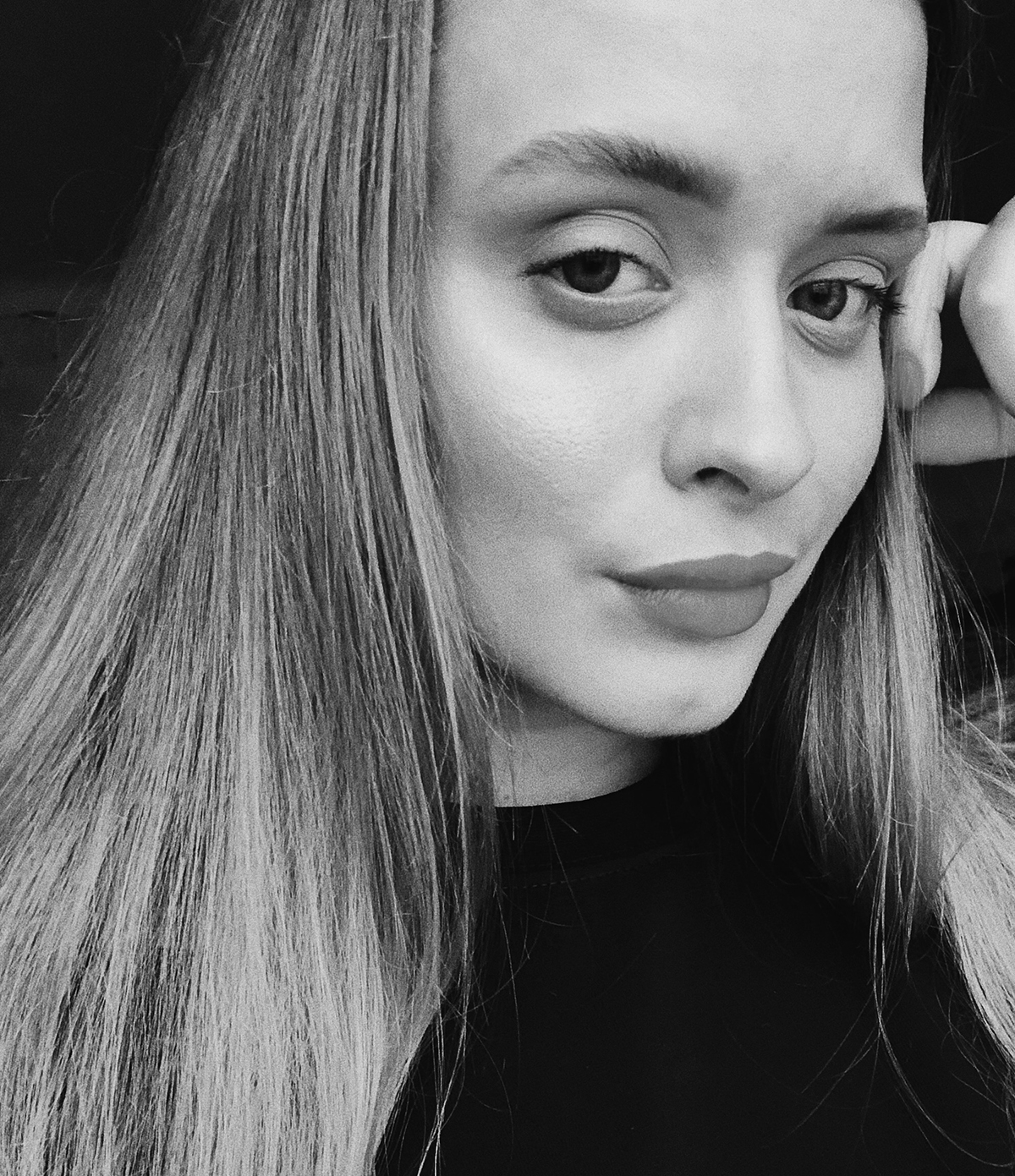
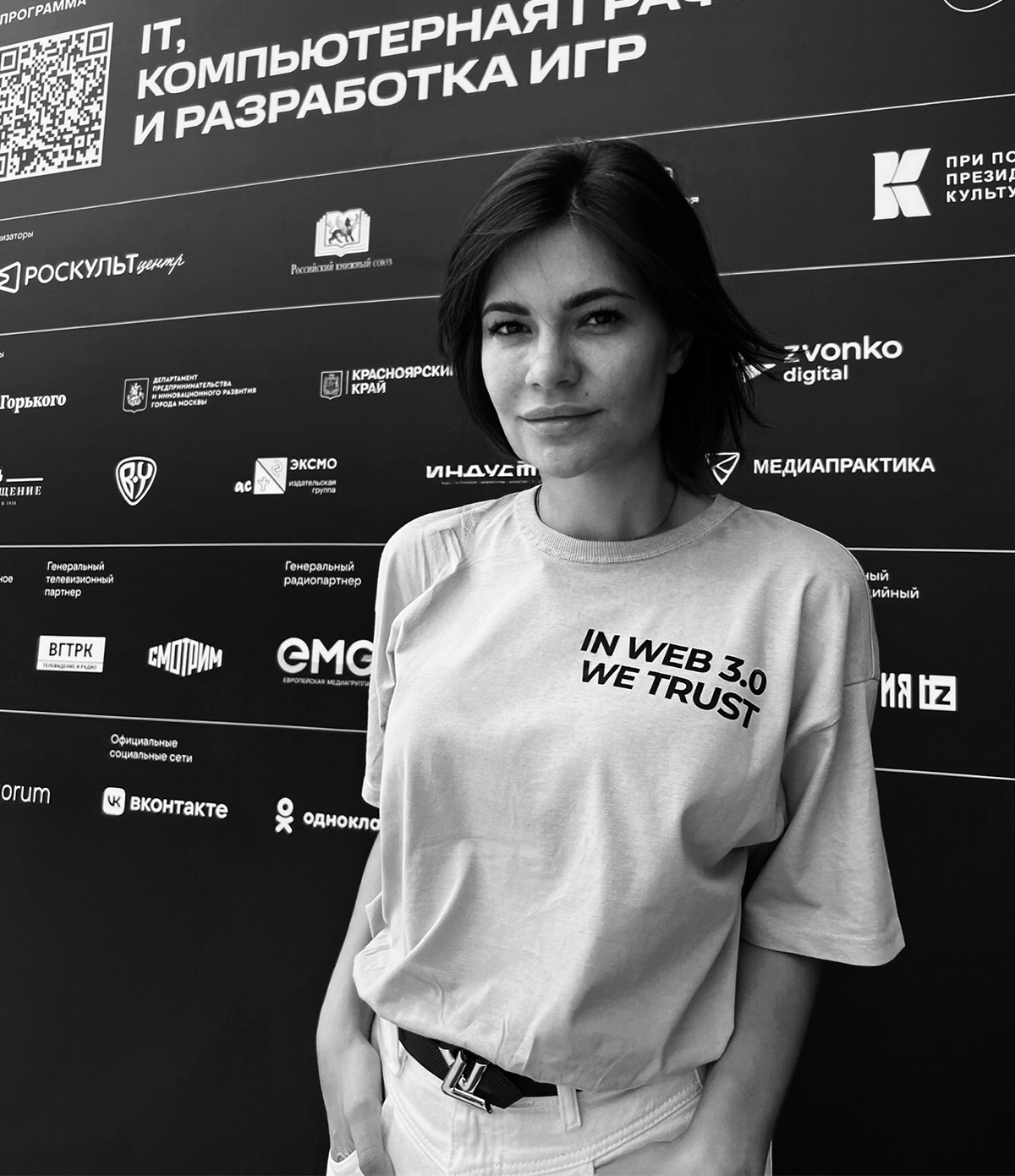
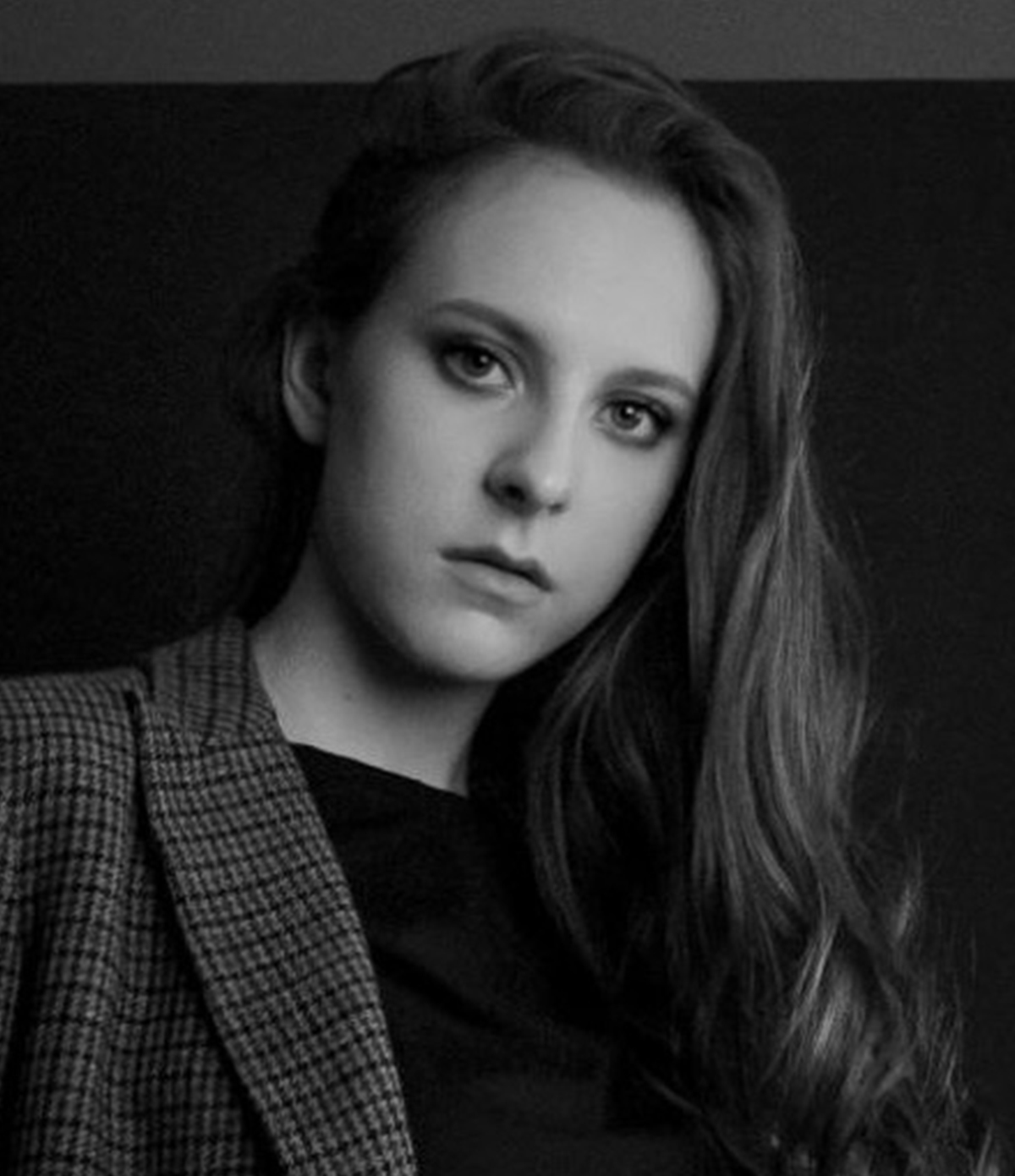

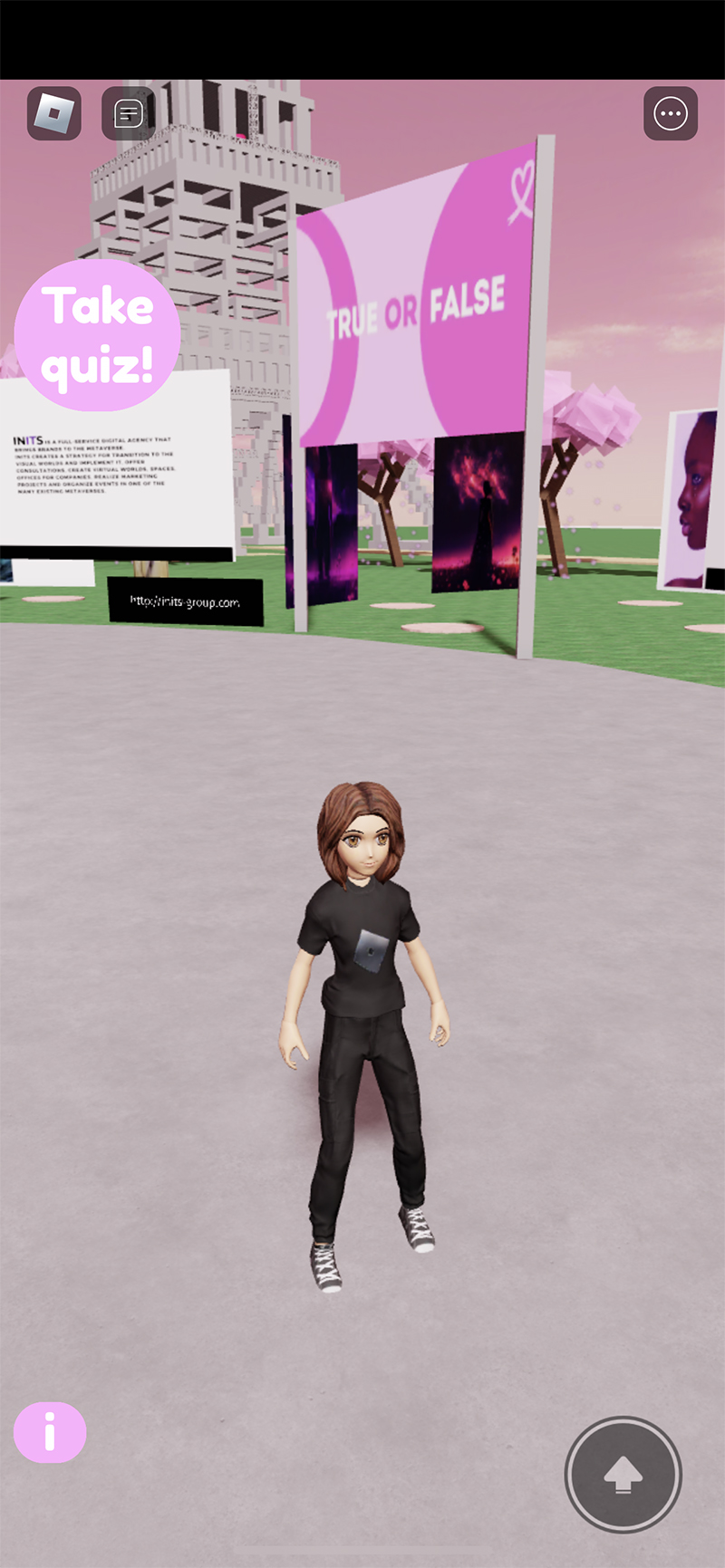
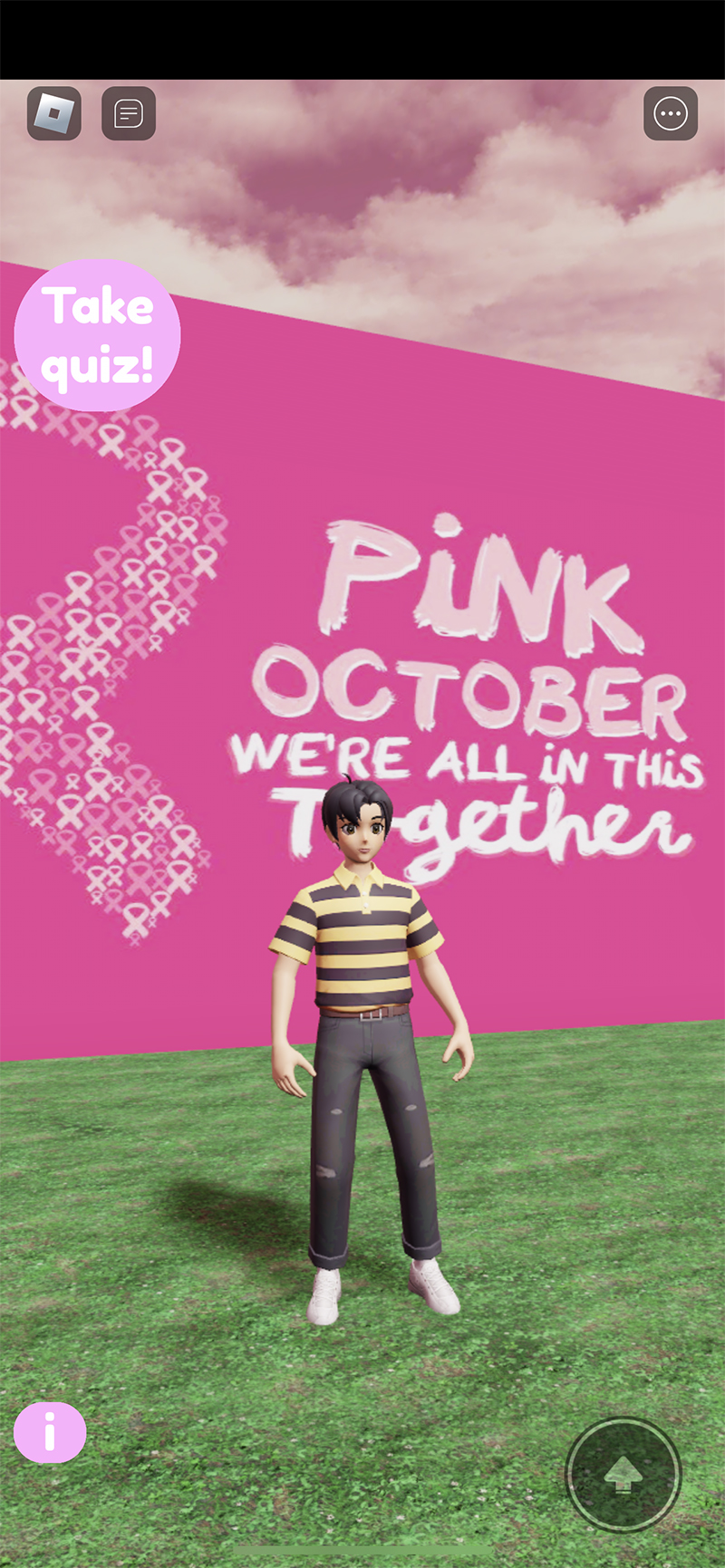

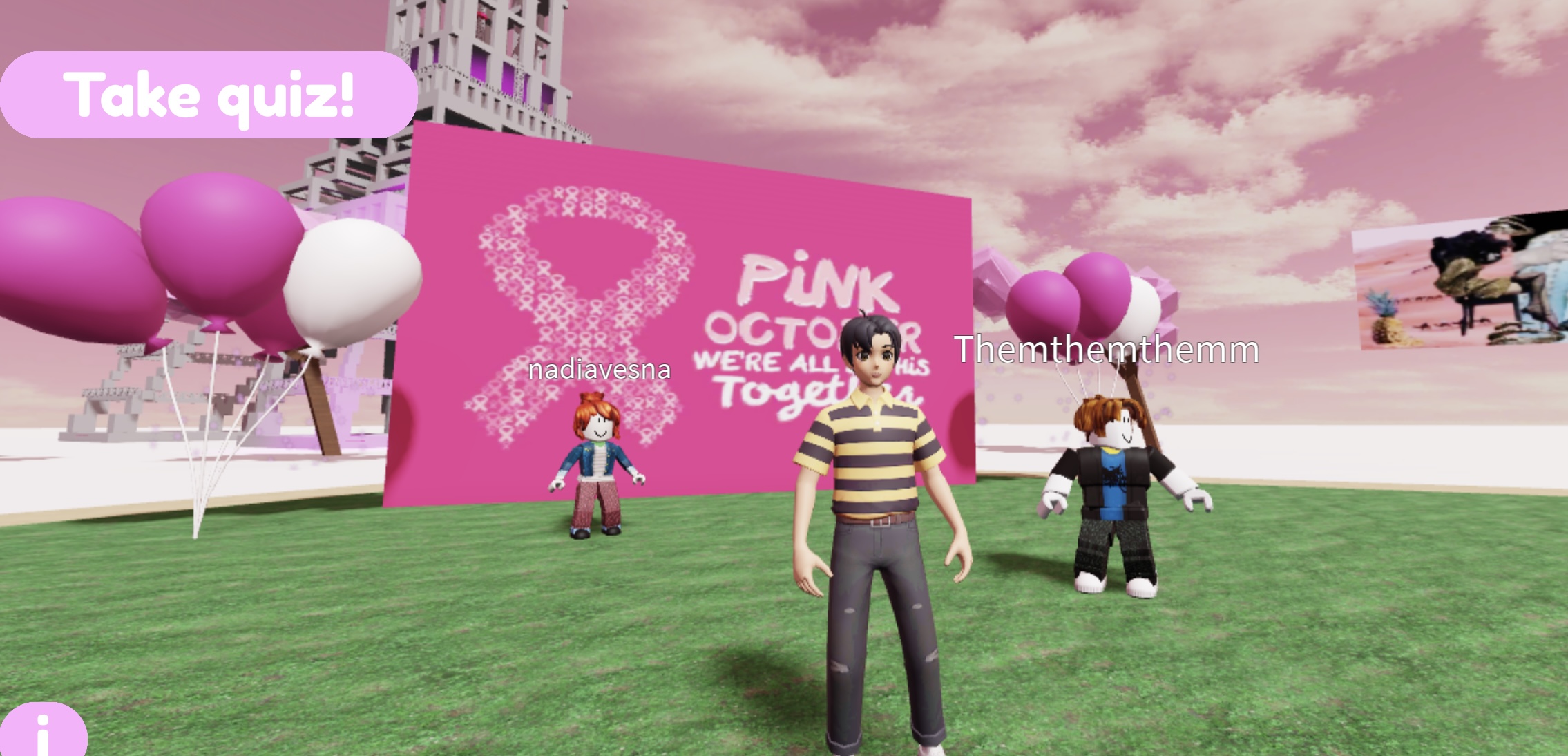
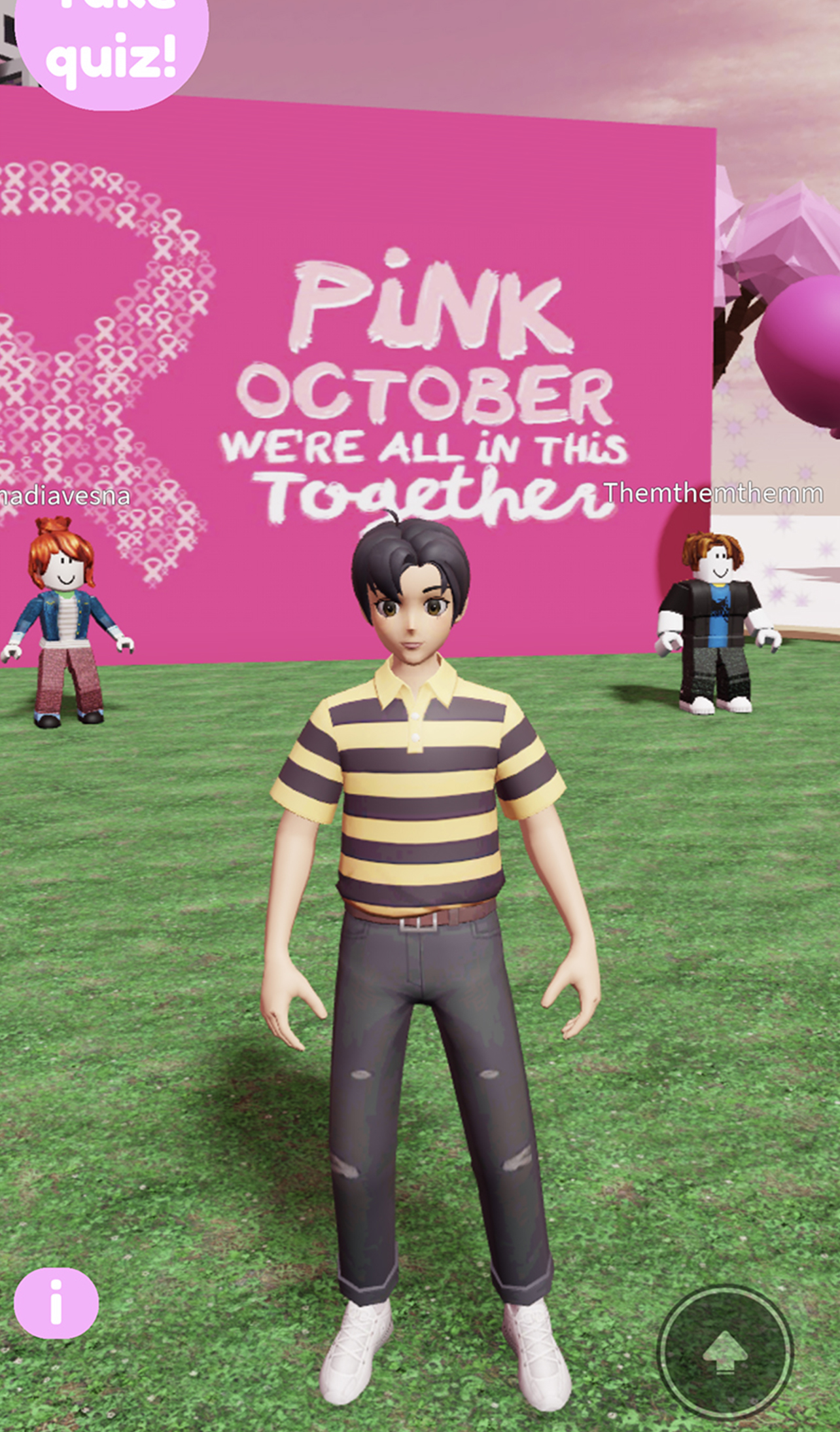
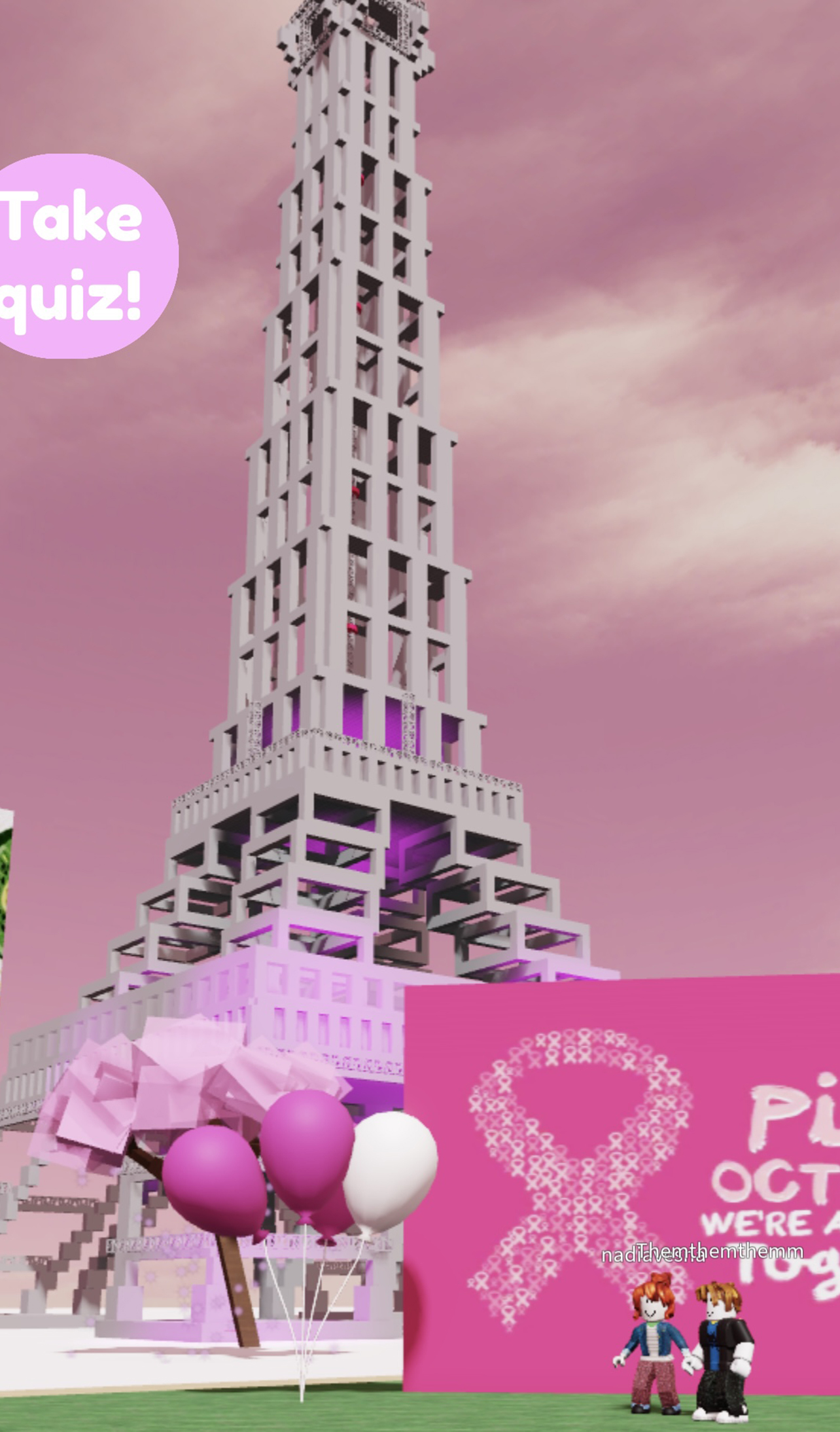
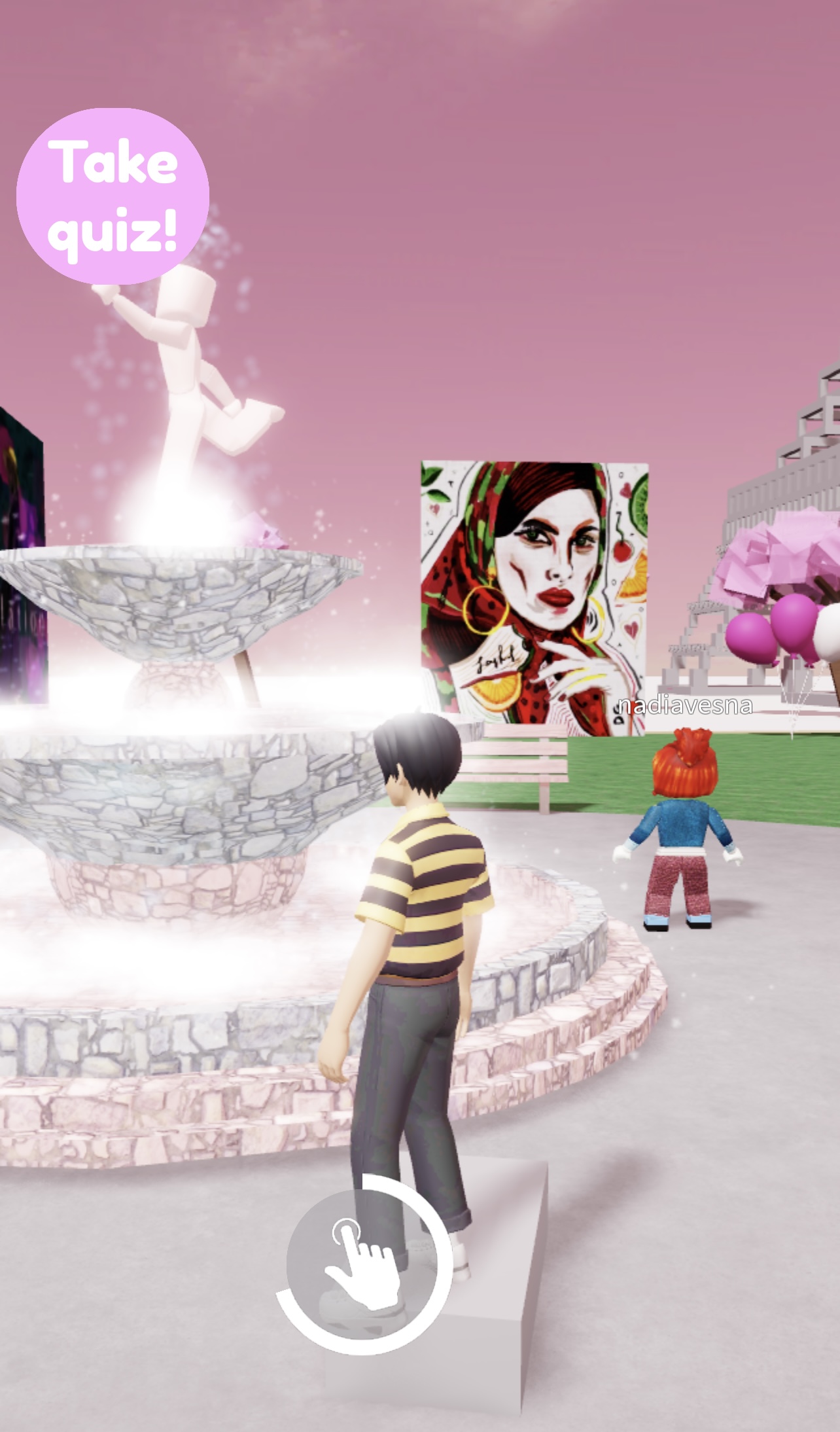
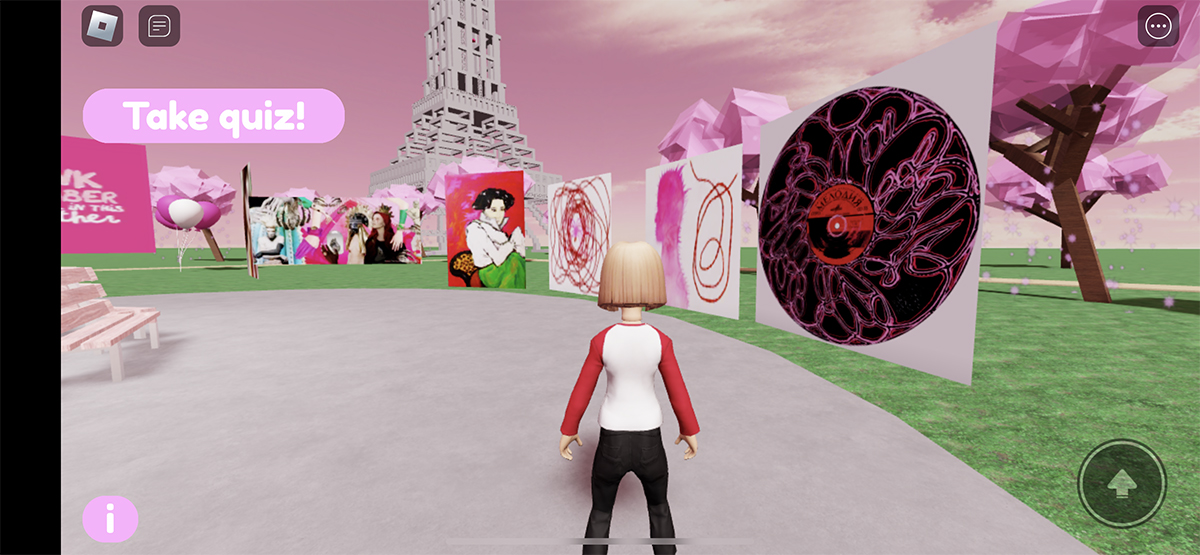


Neueste Kommentare